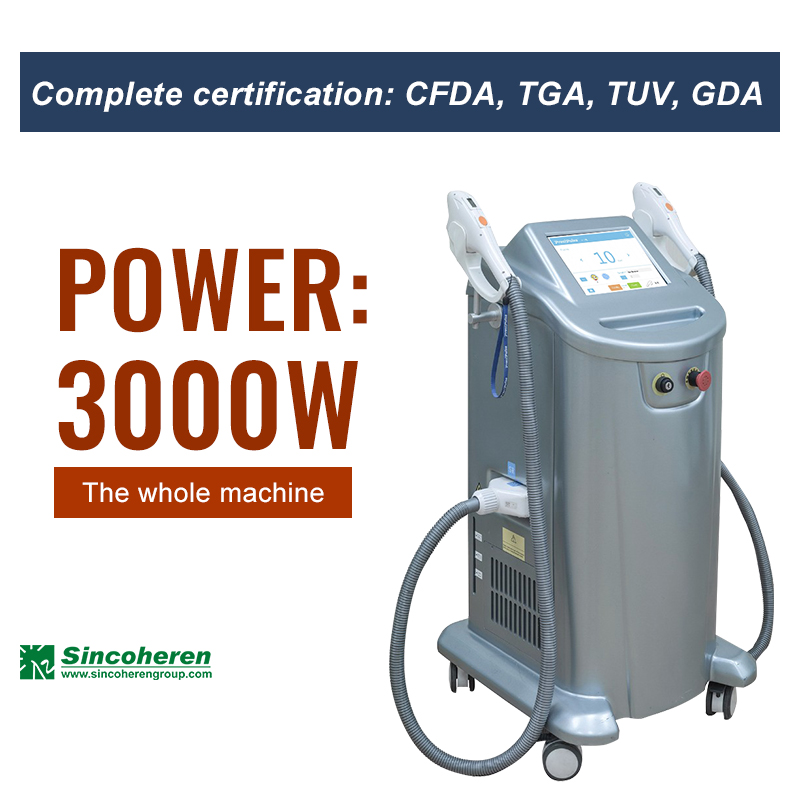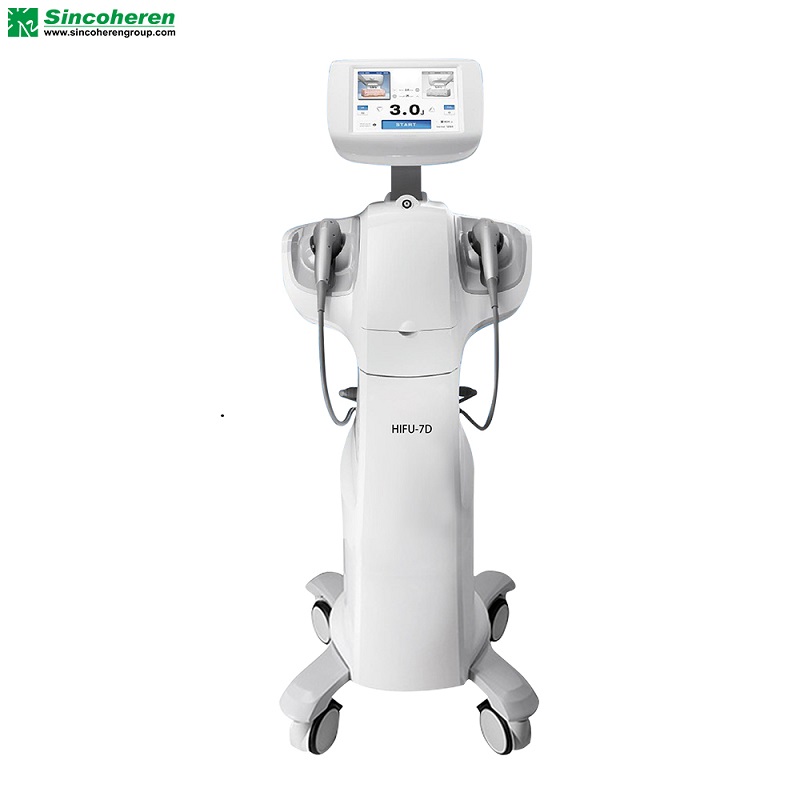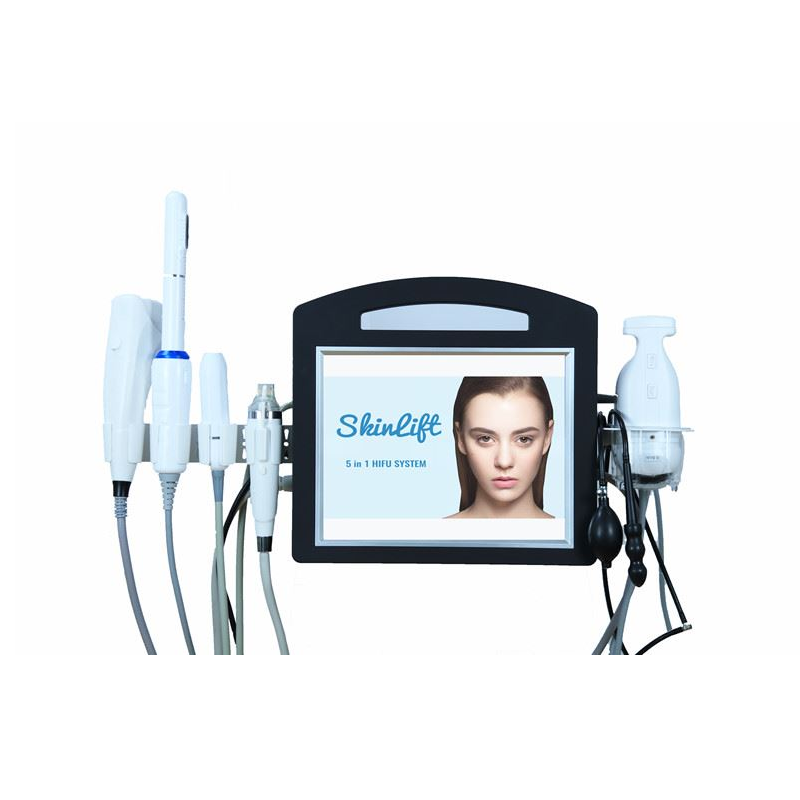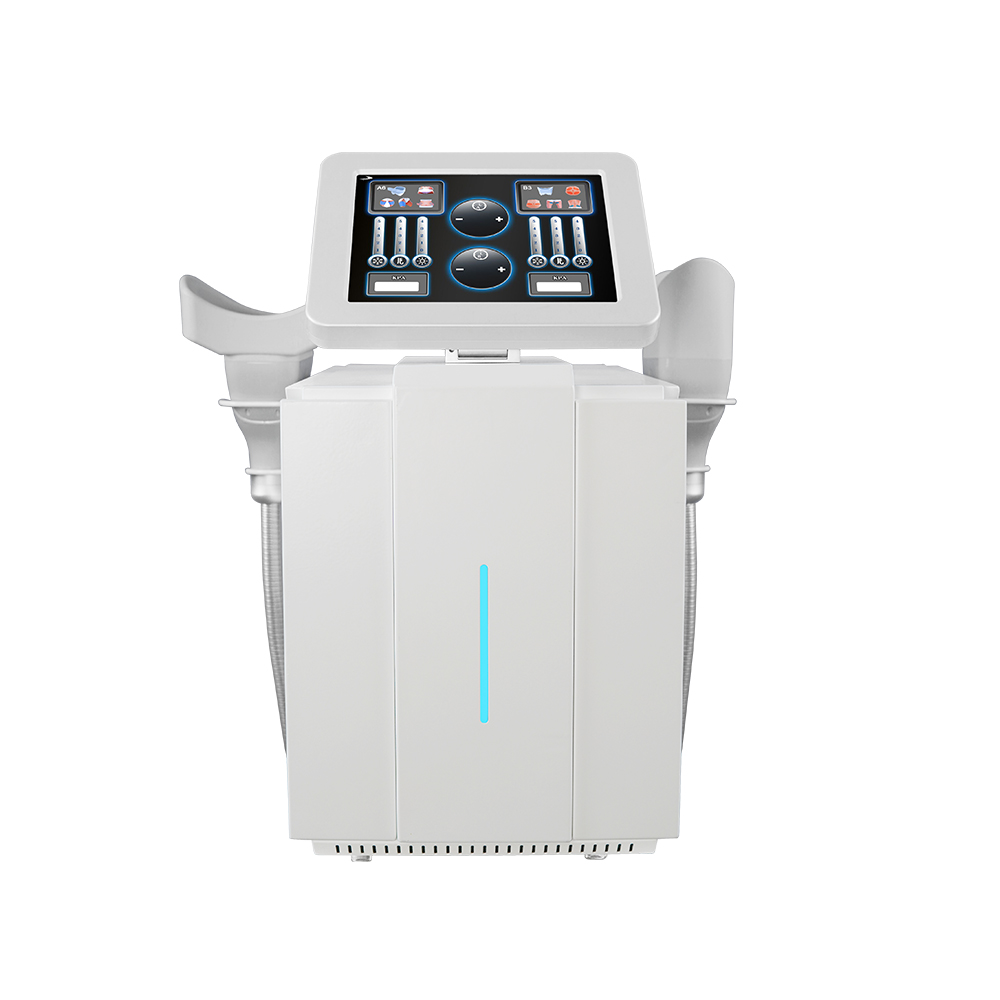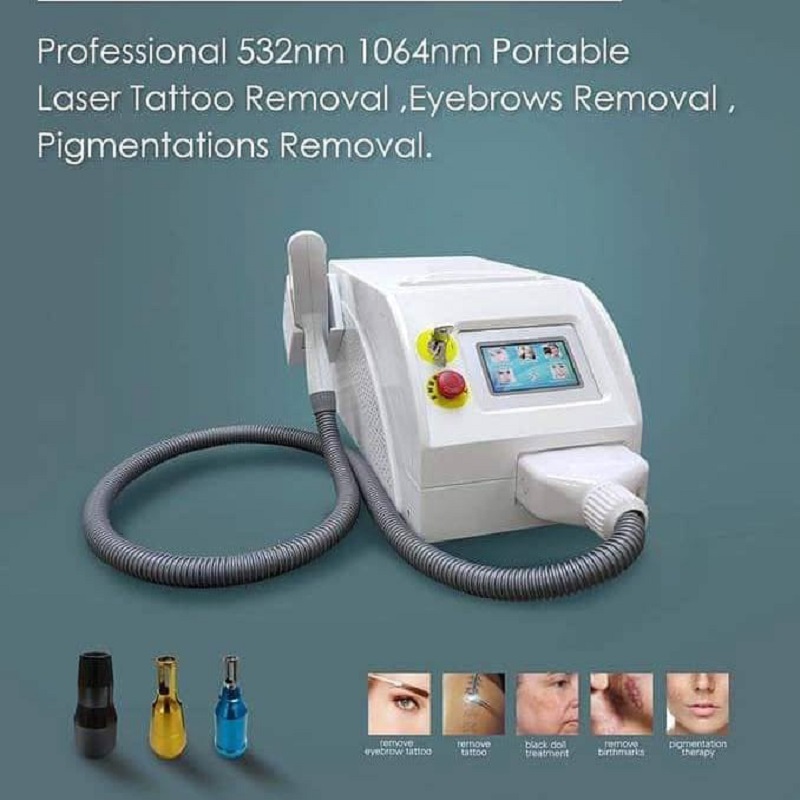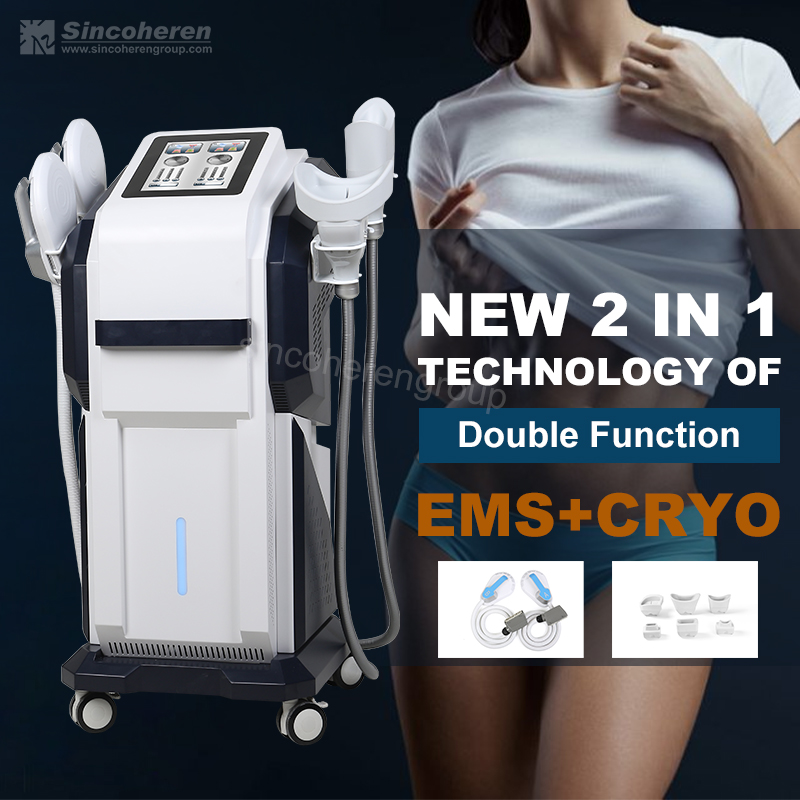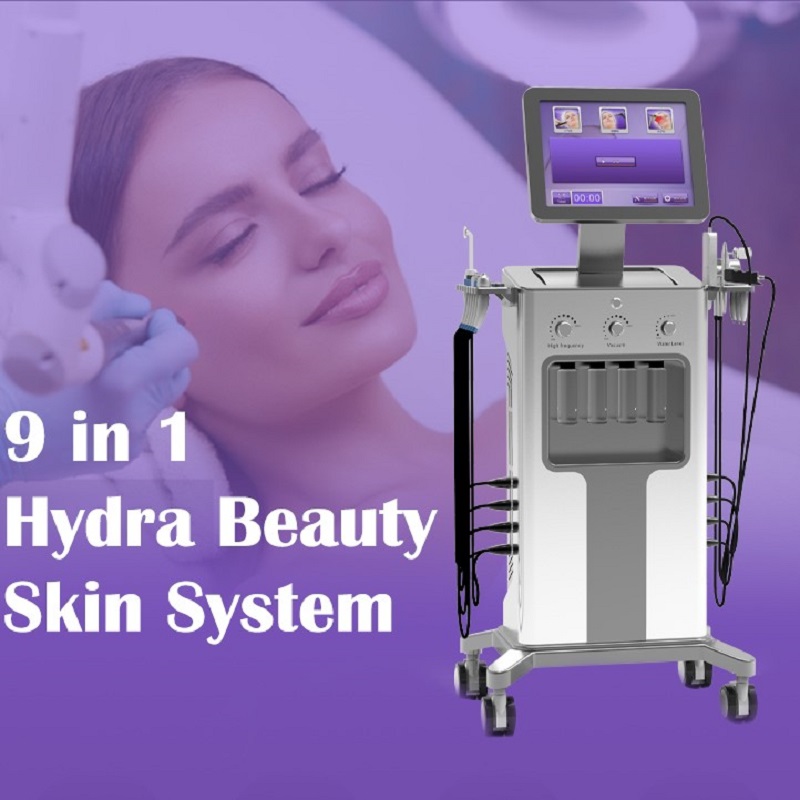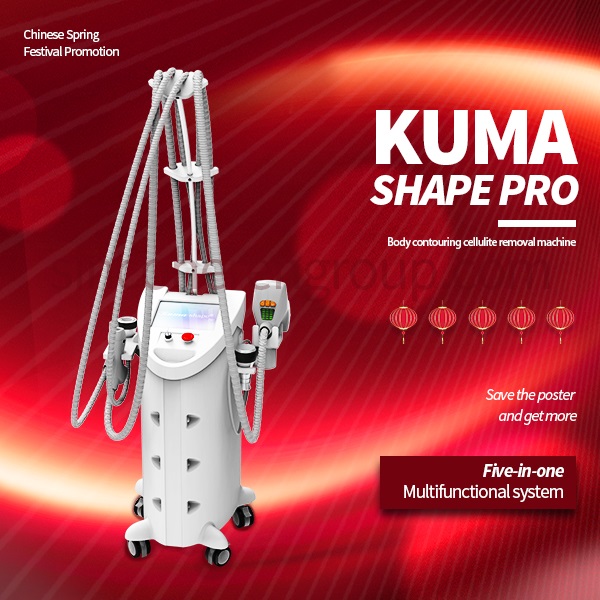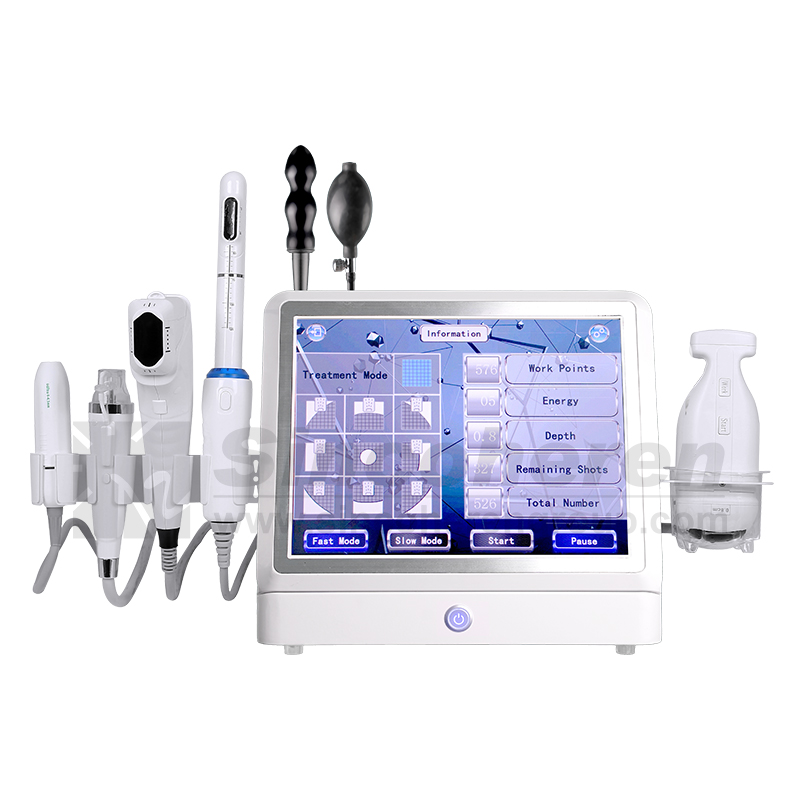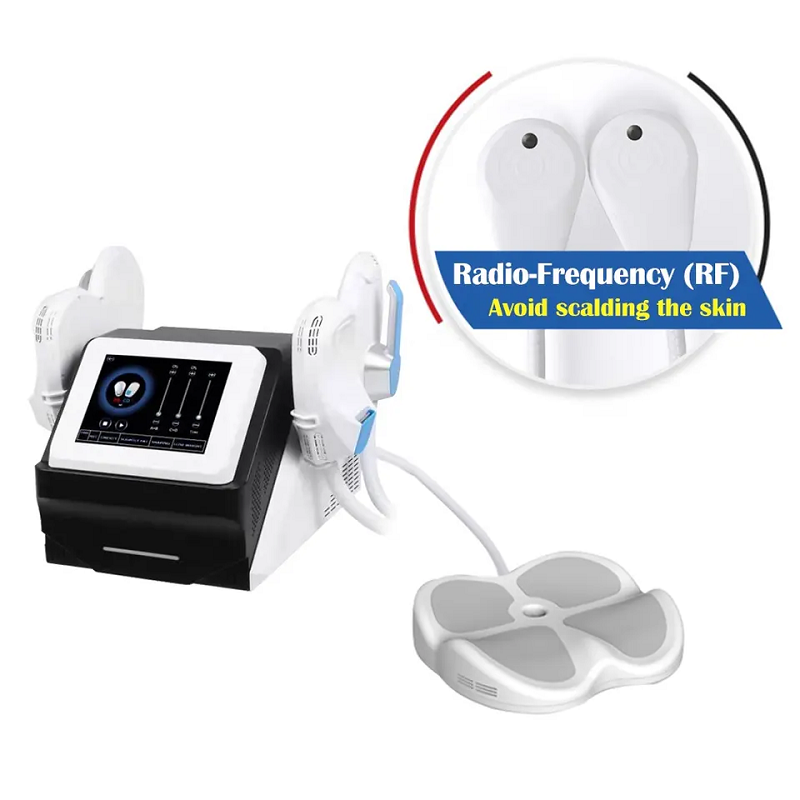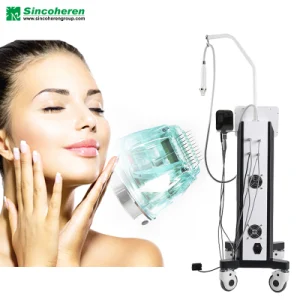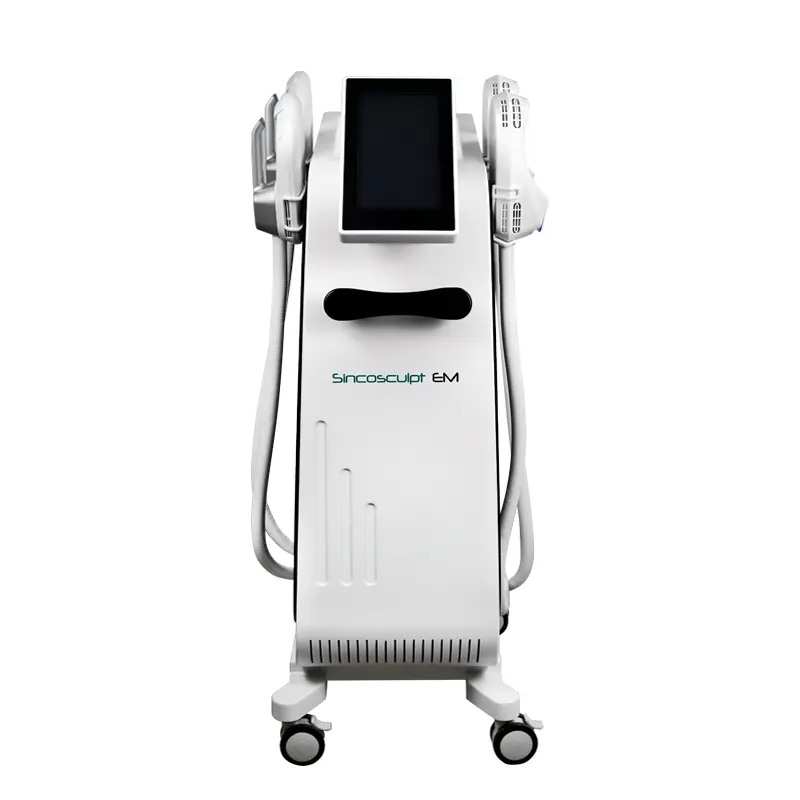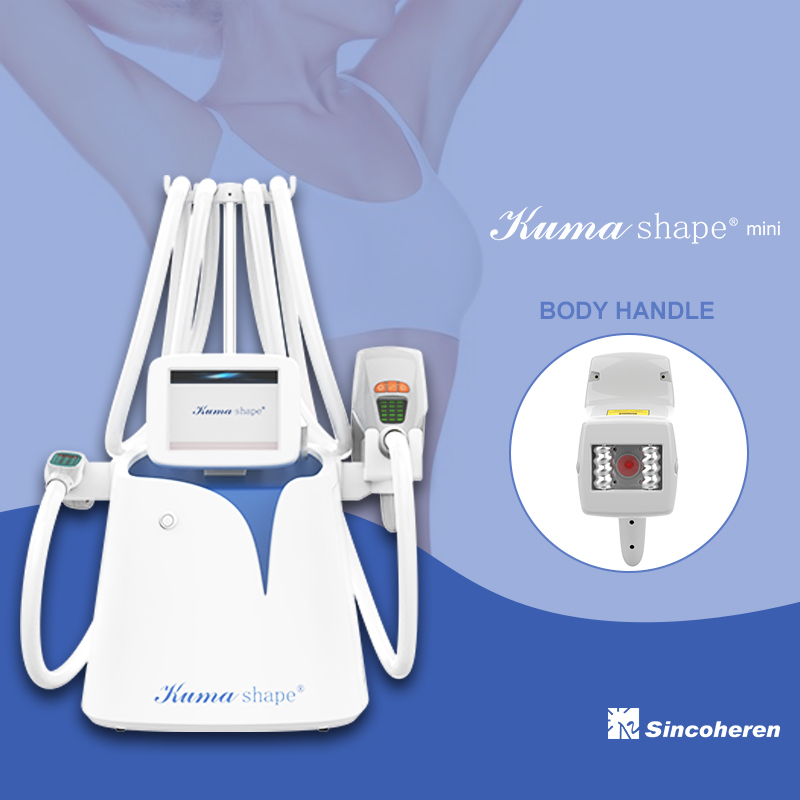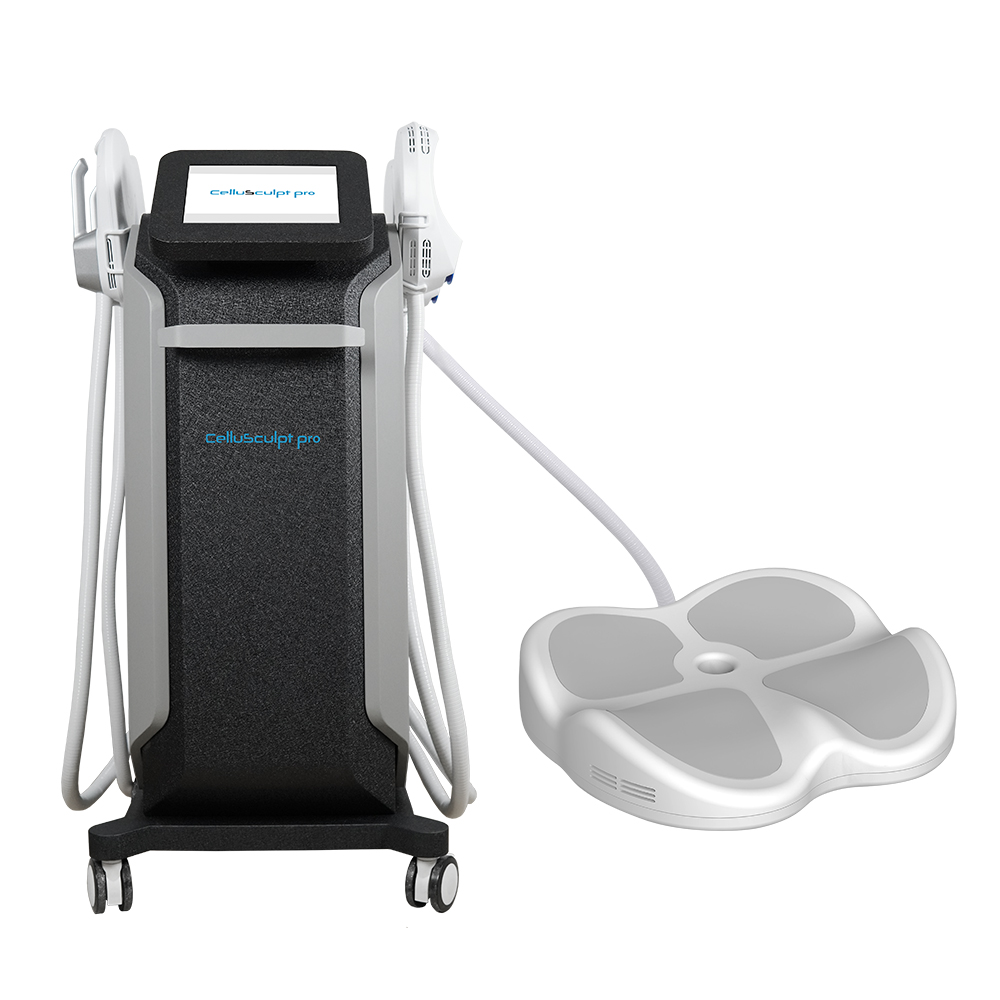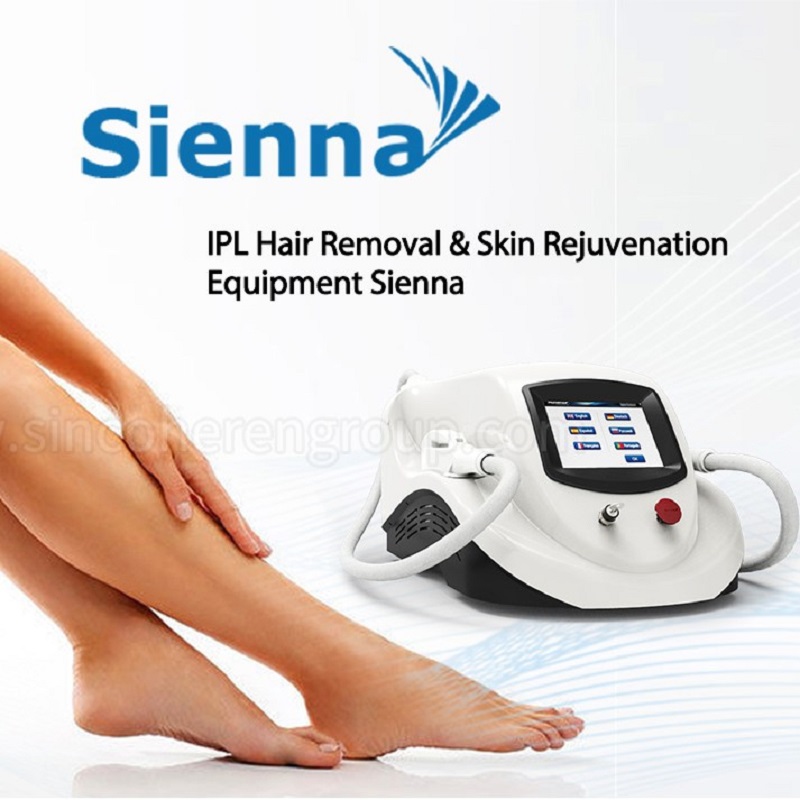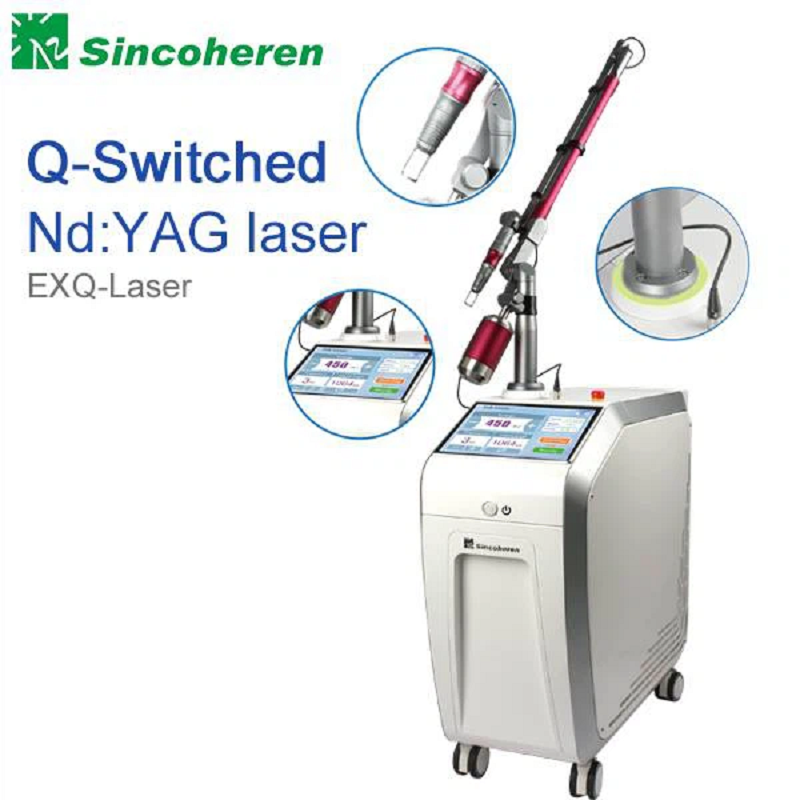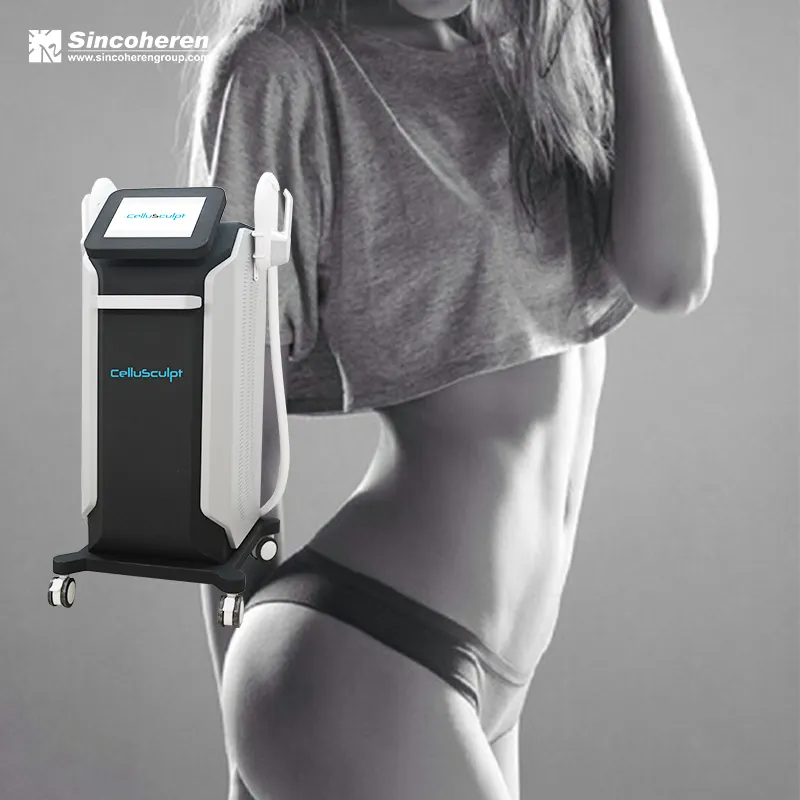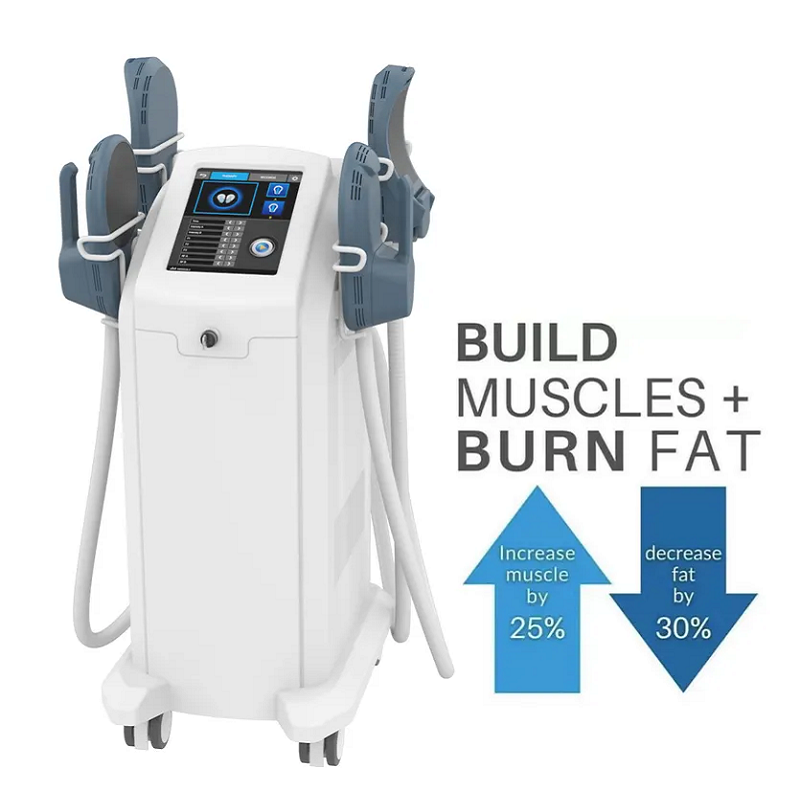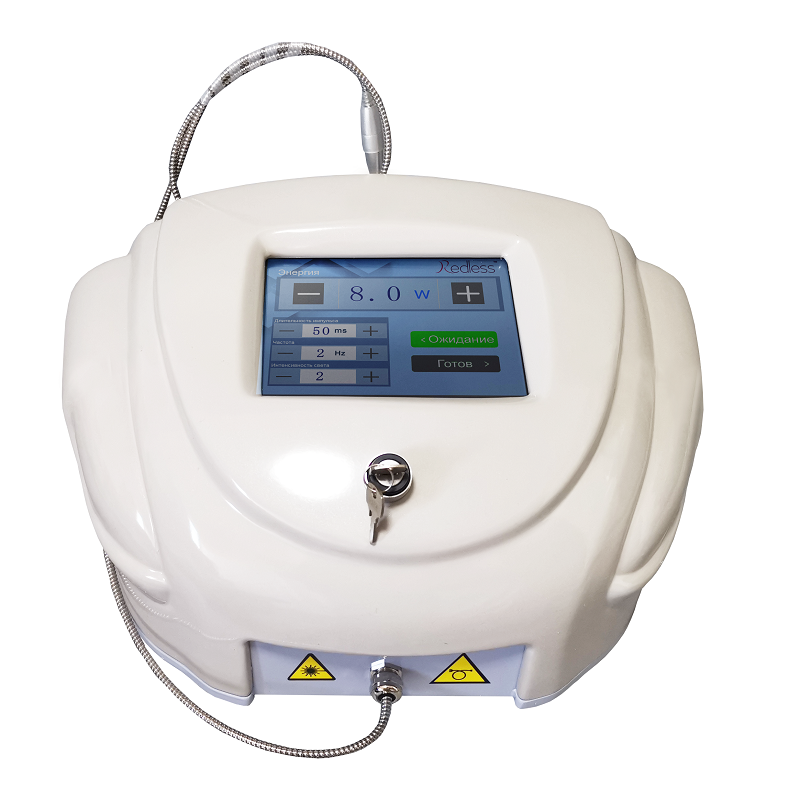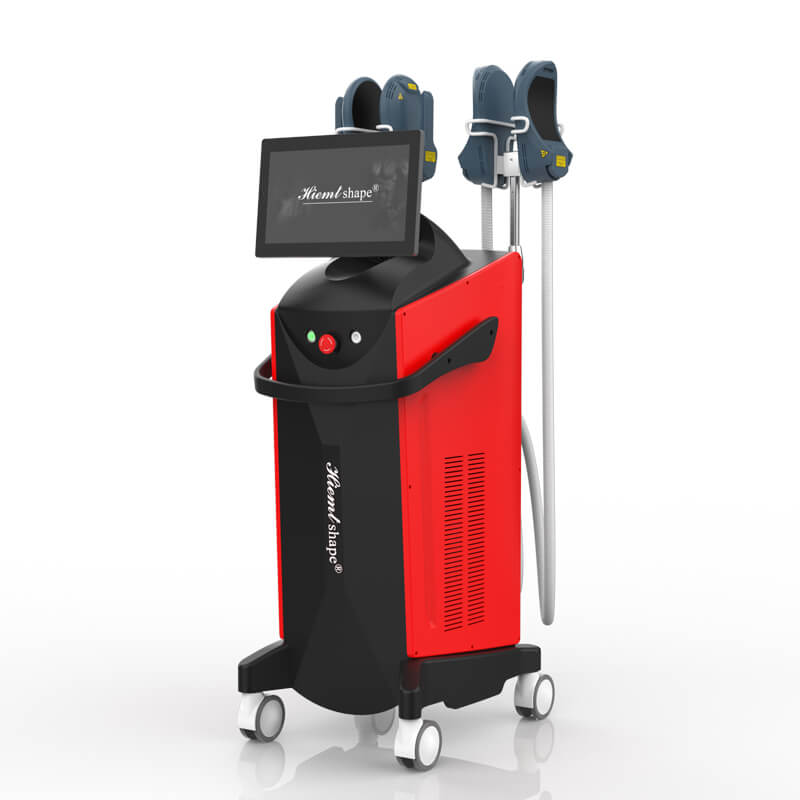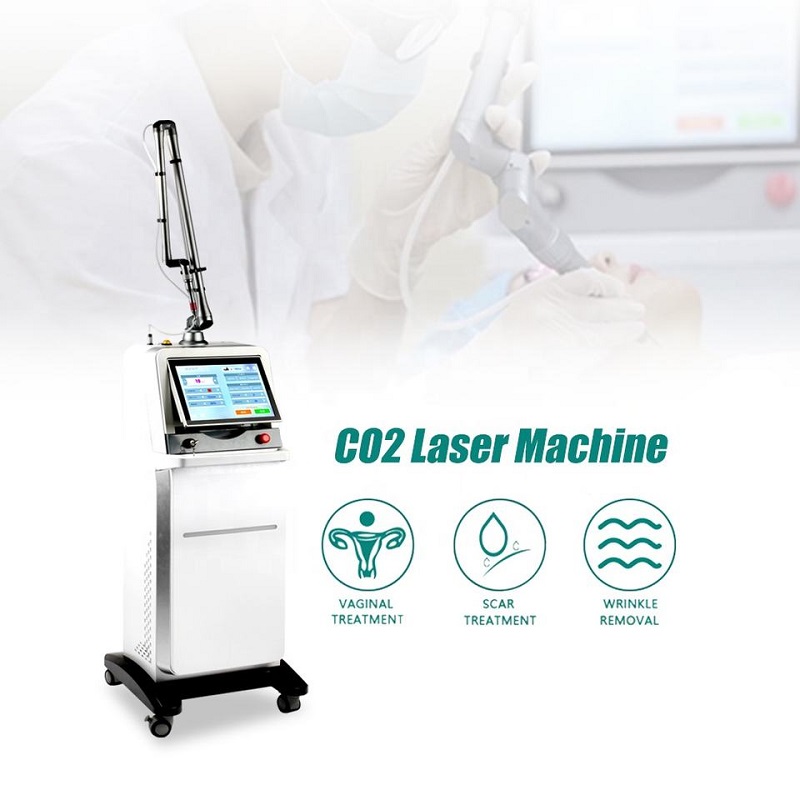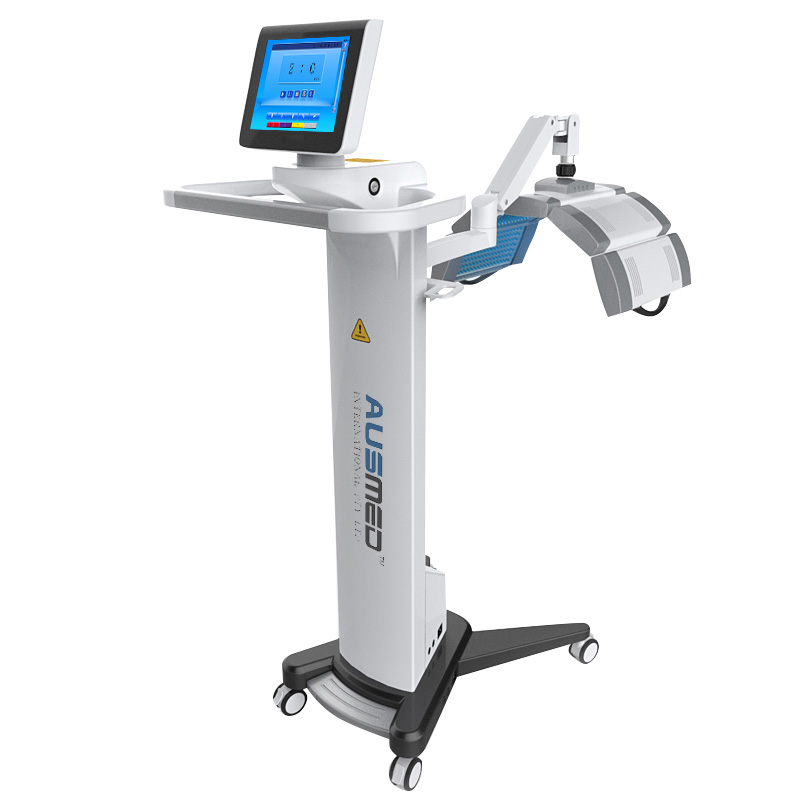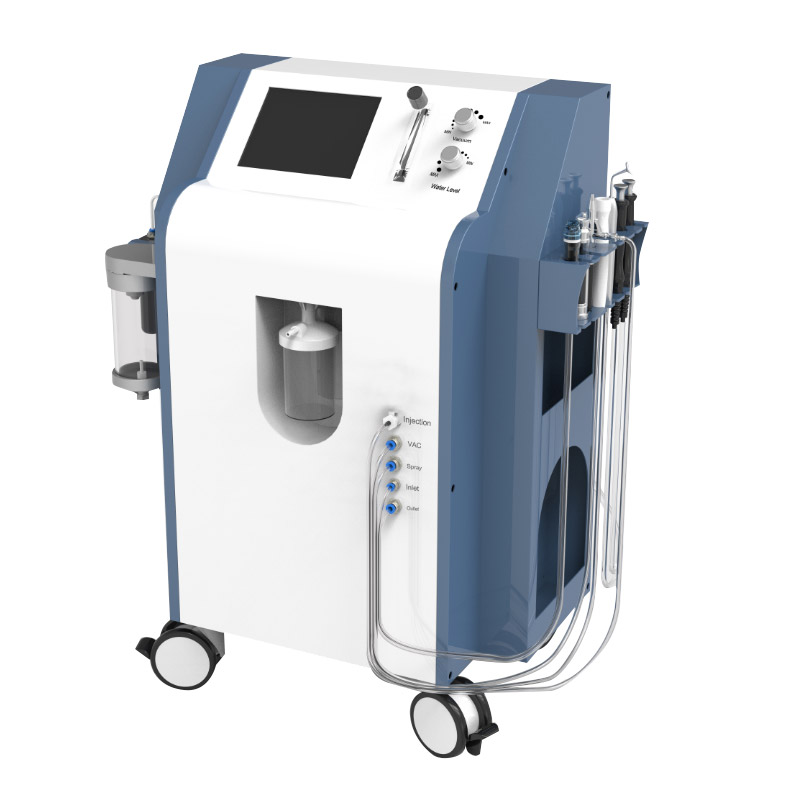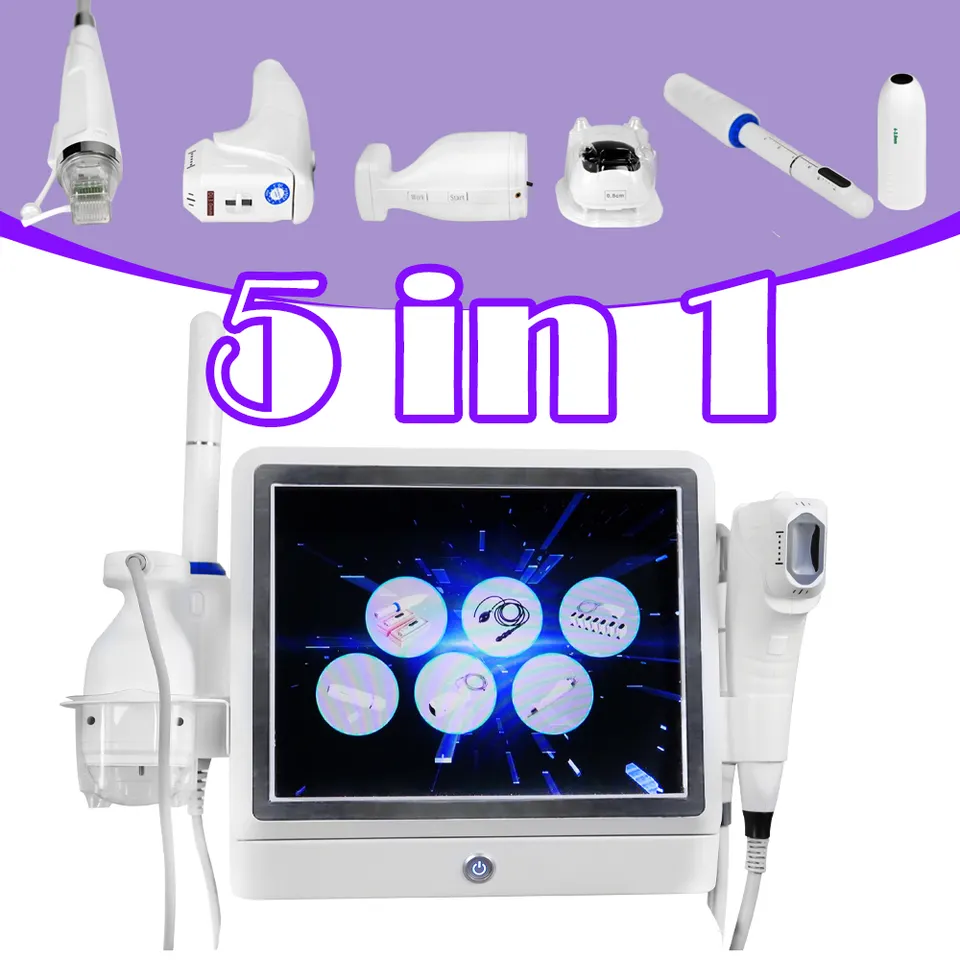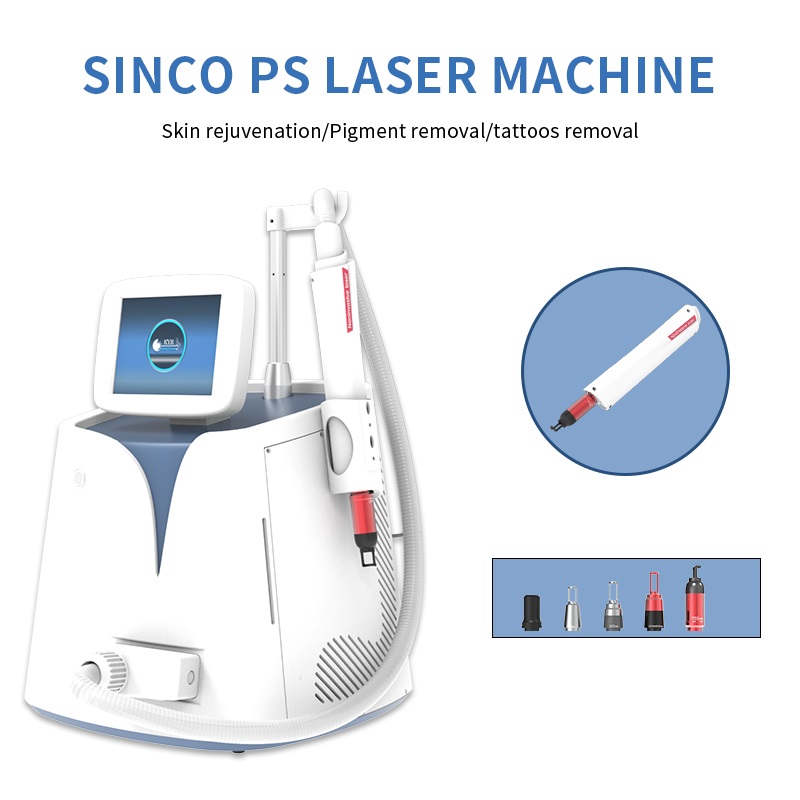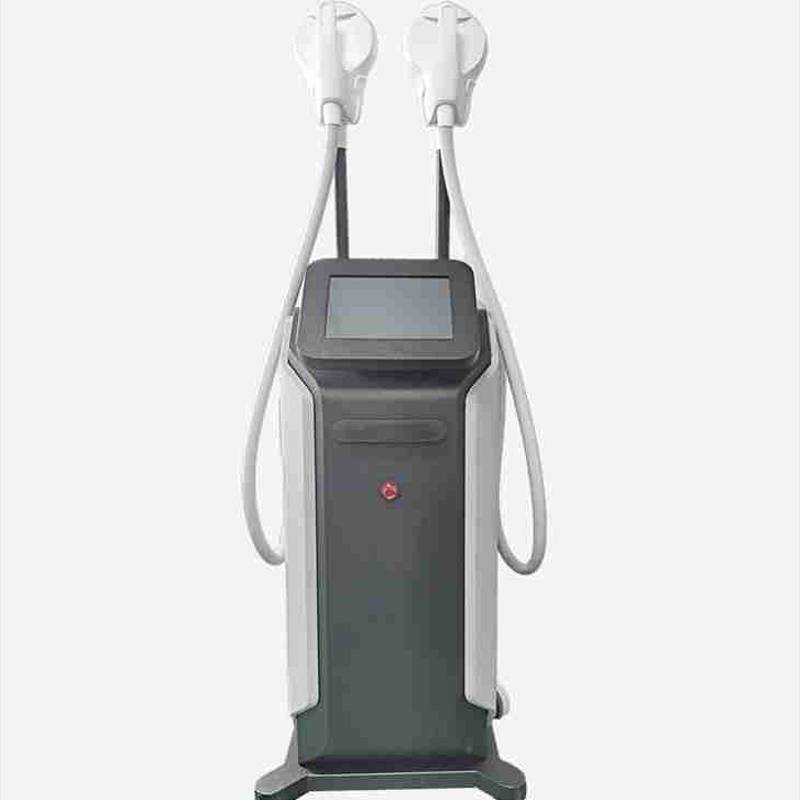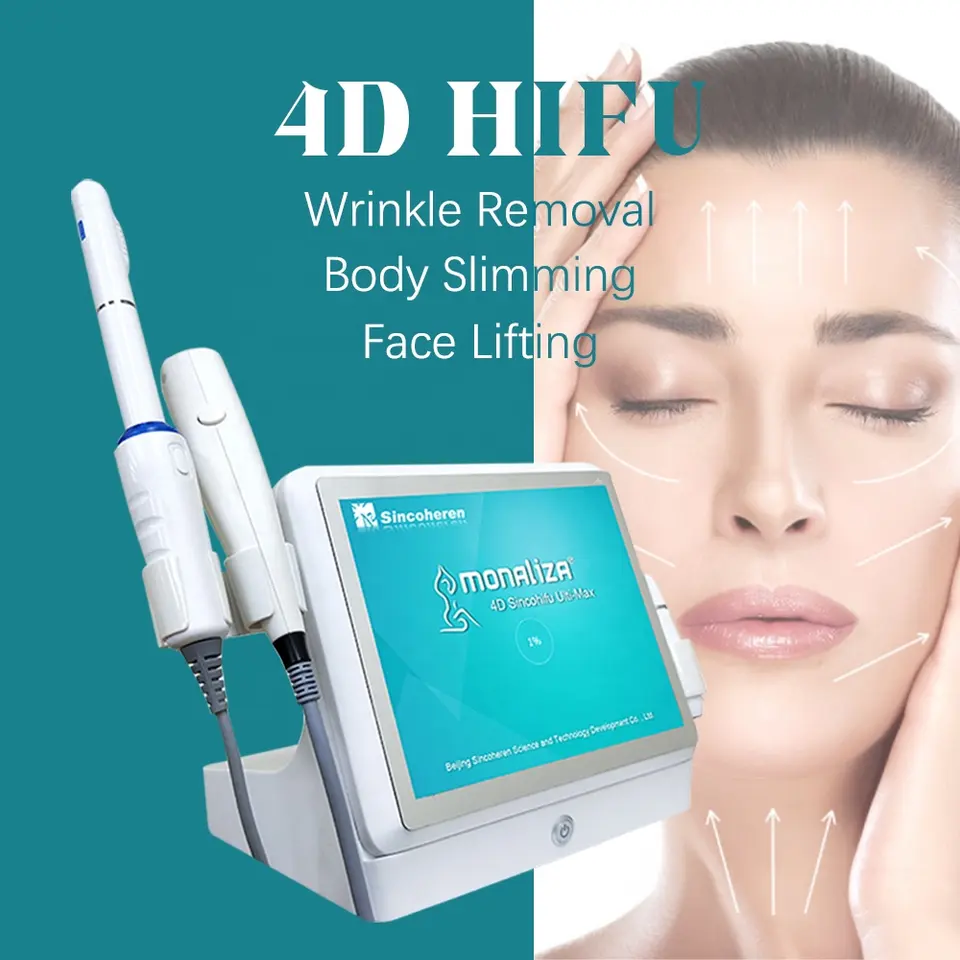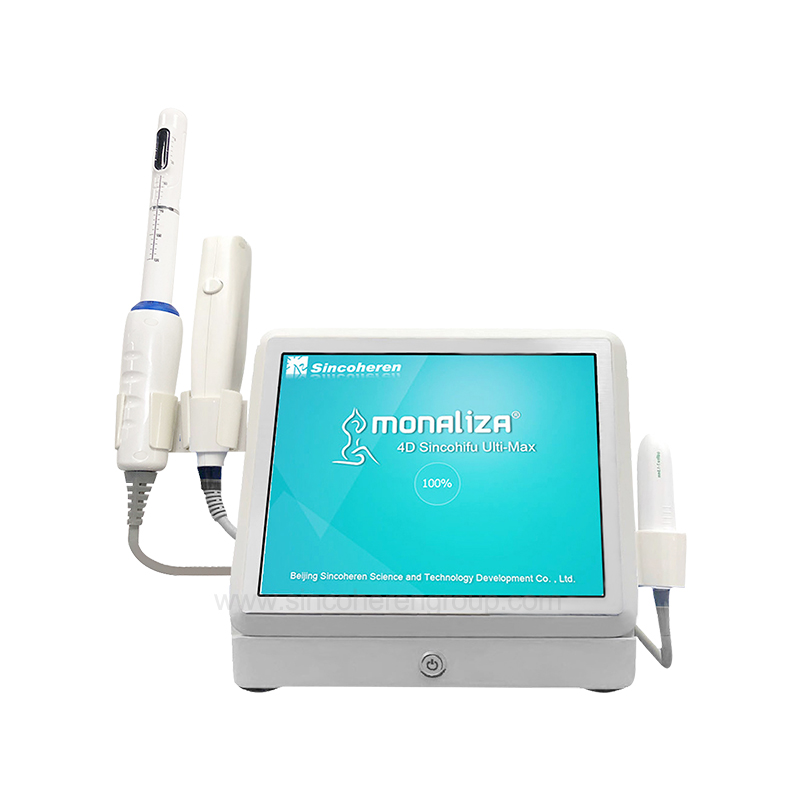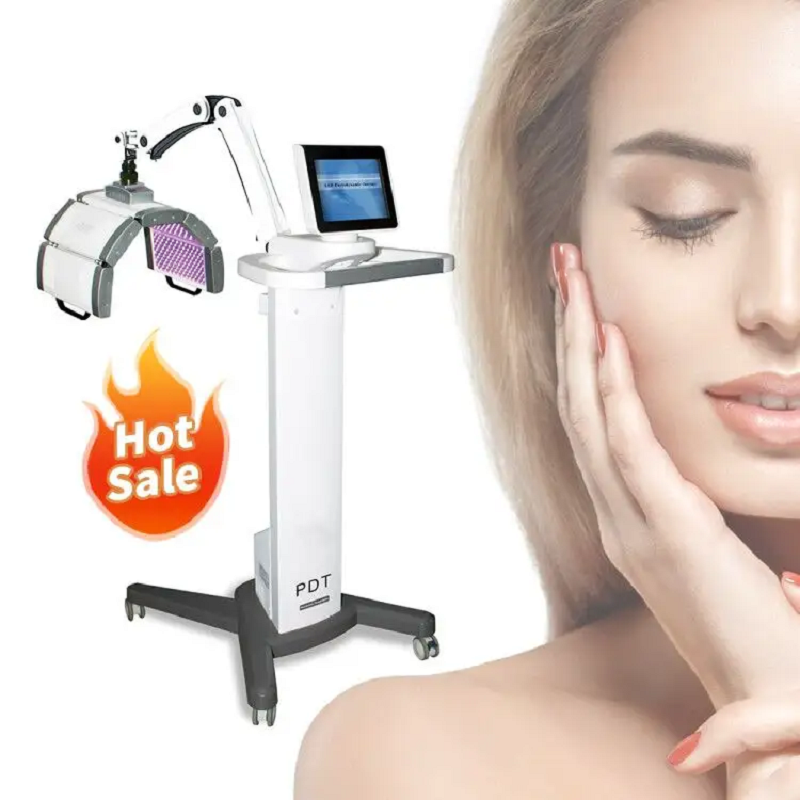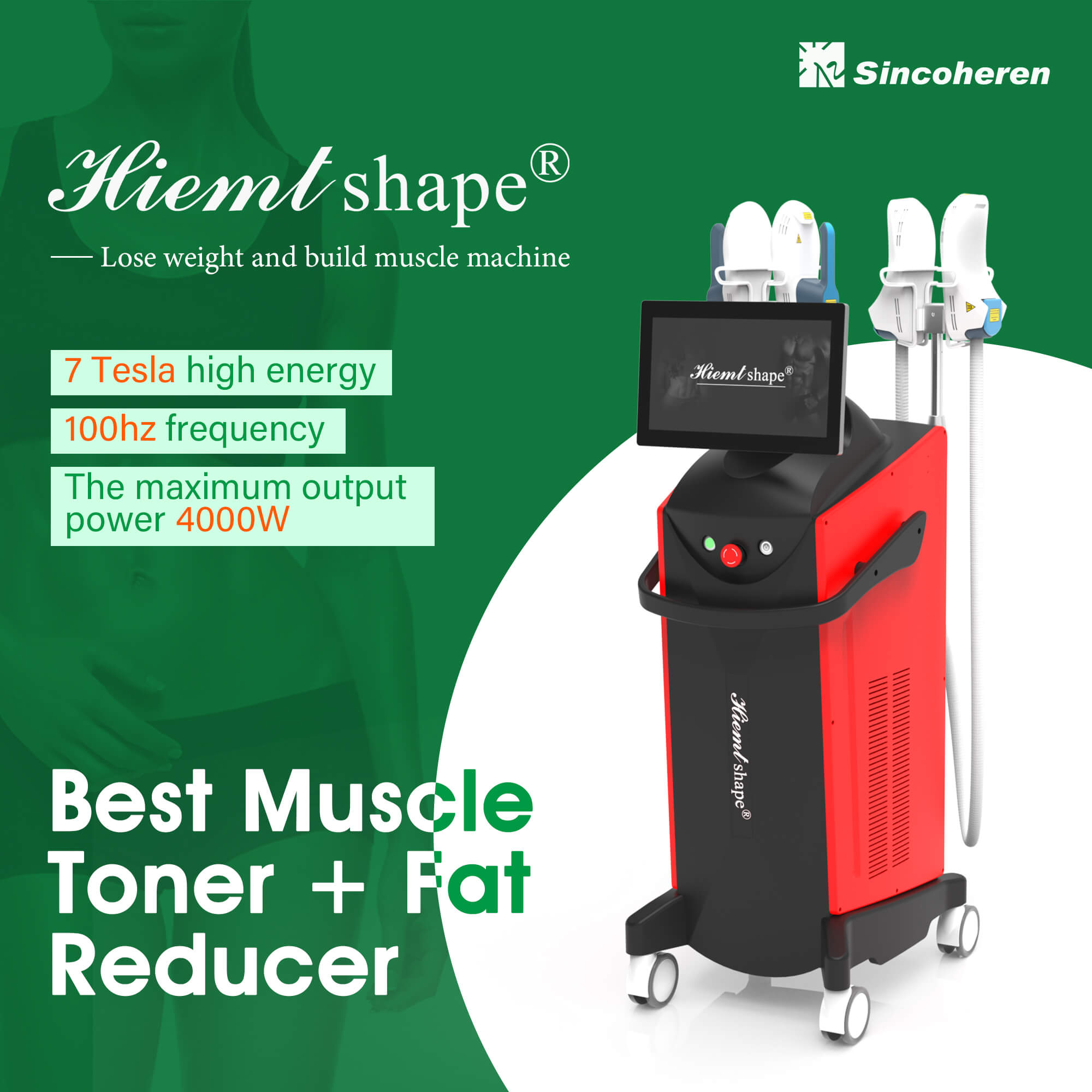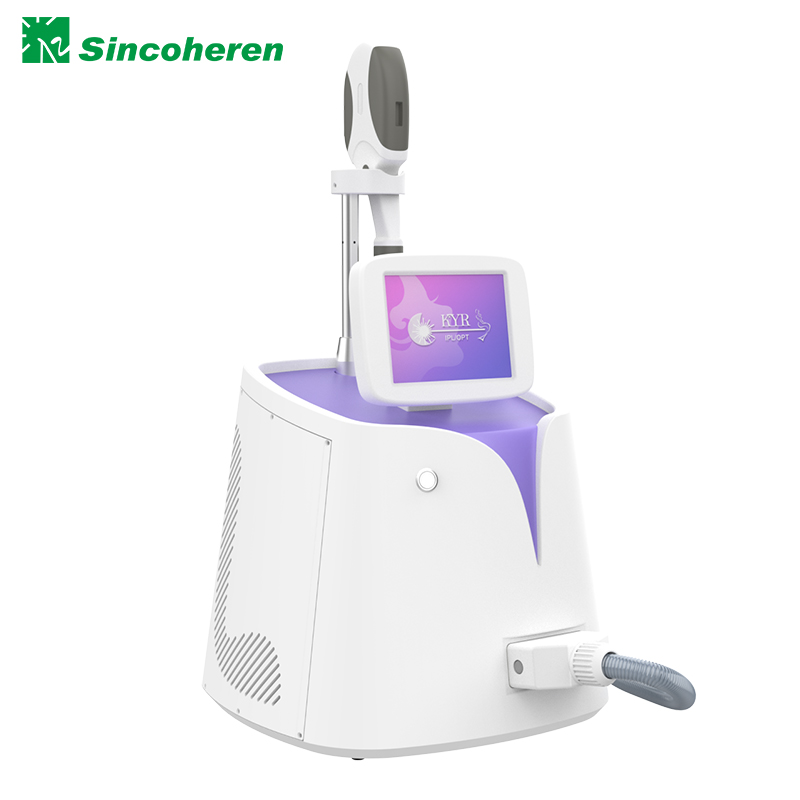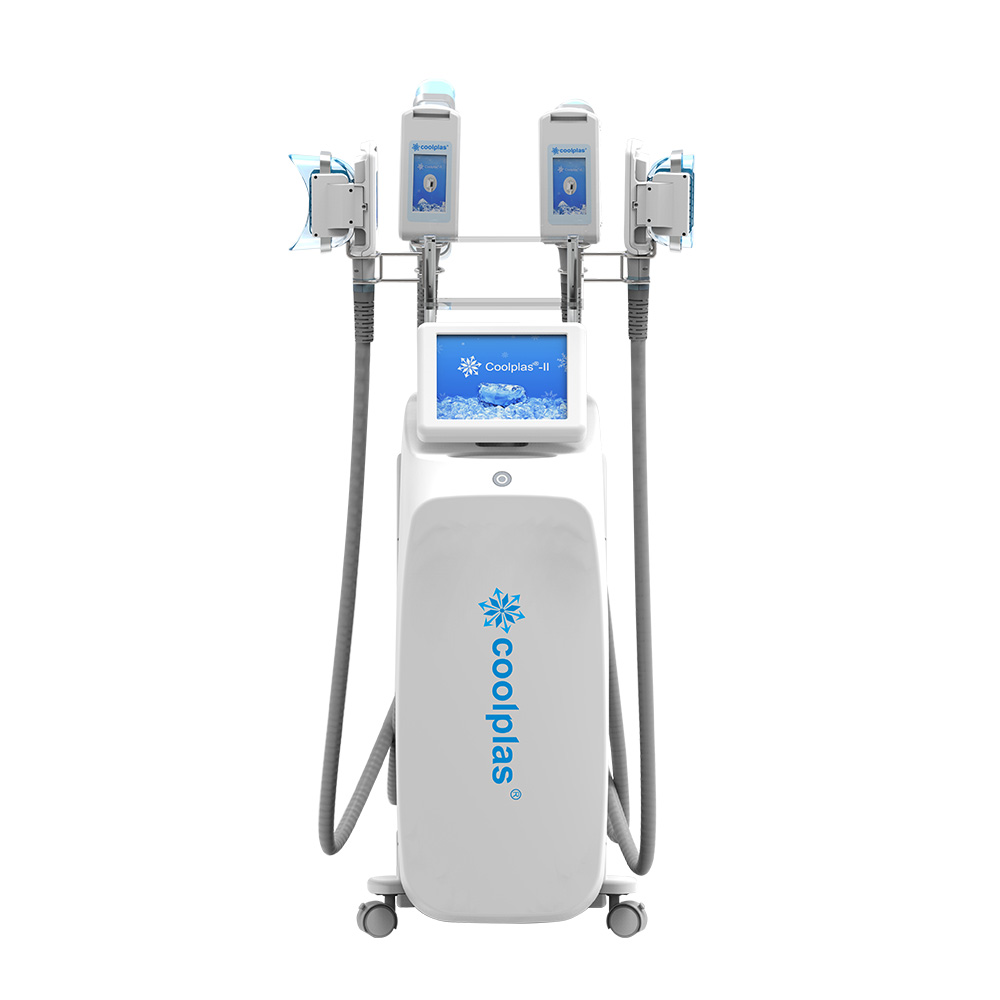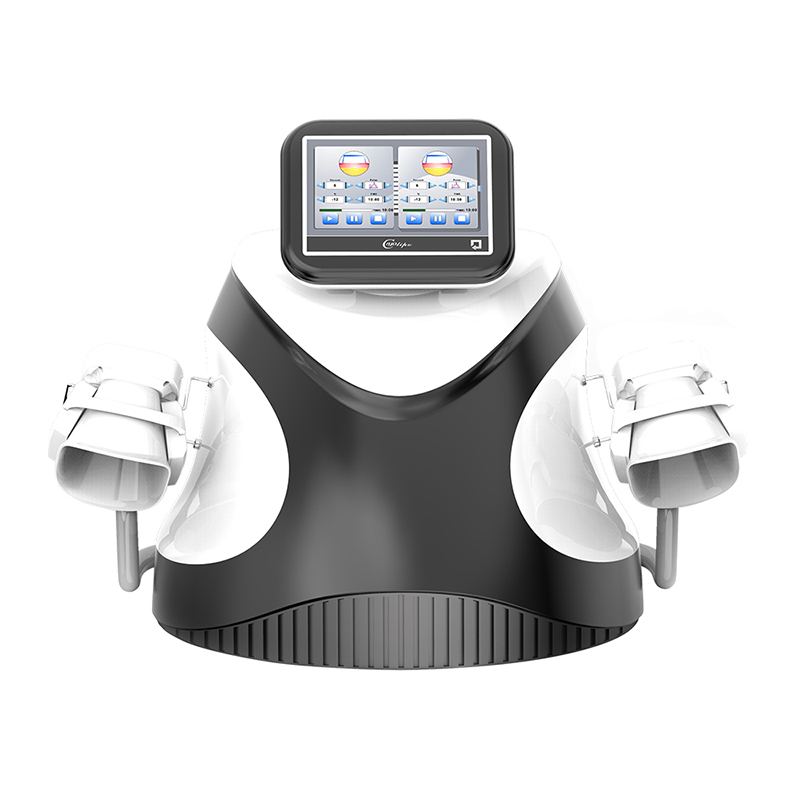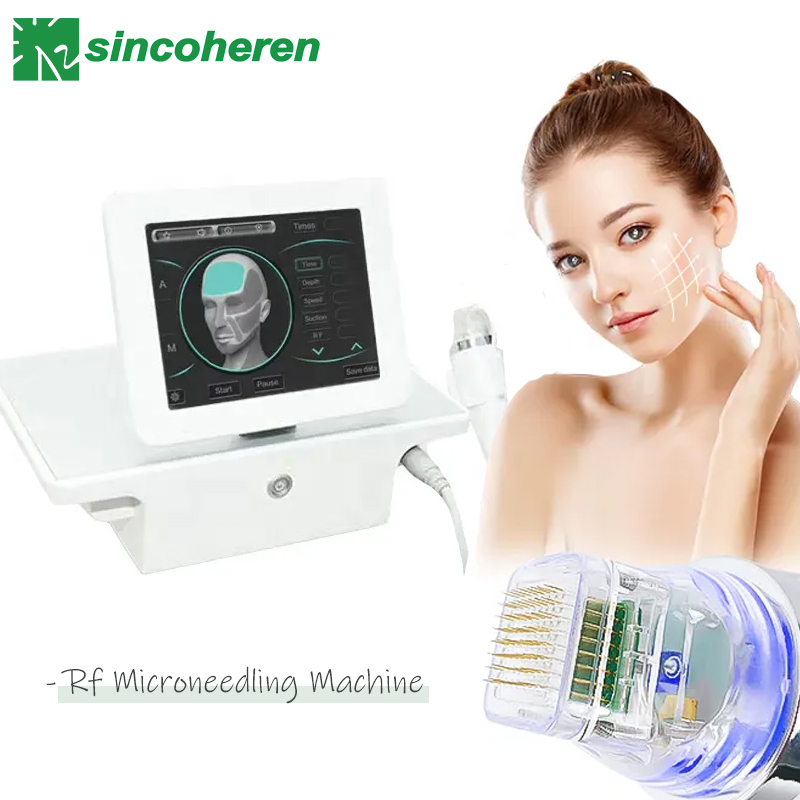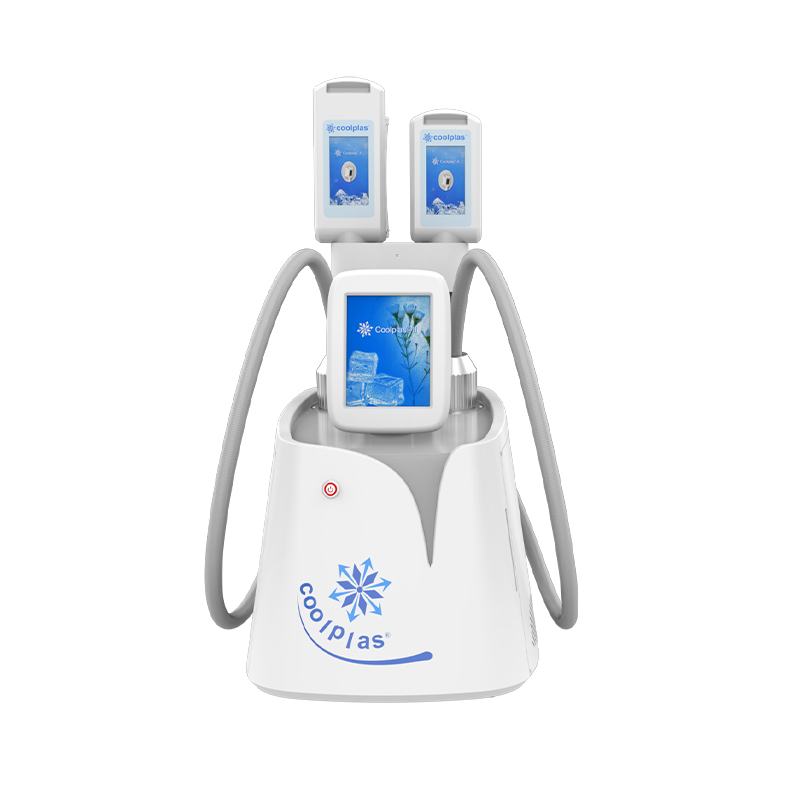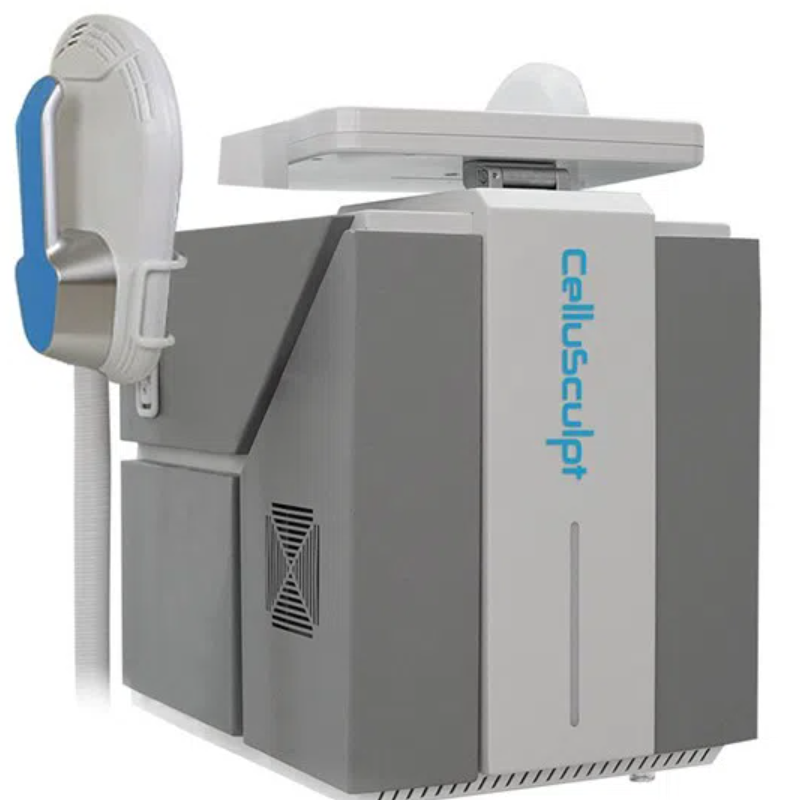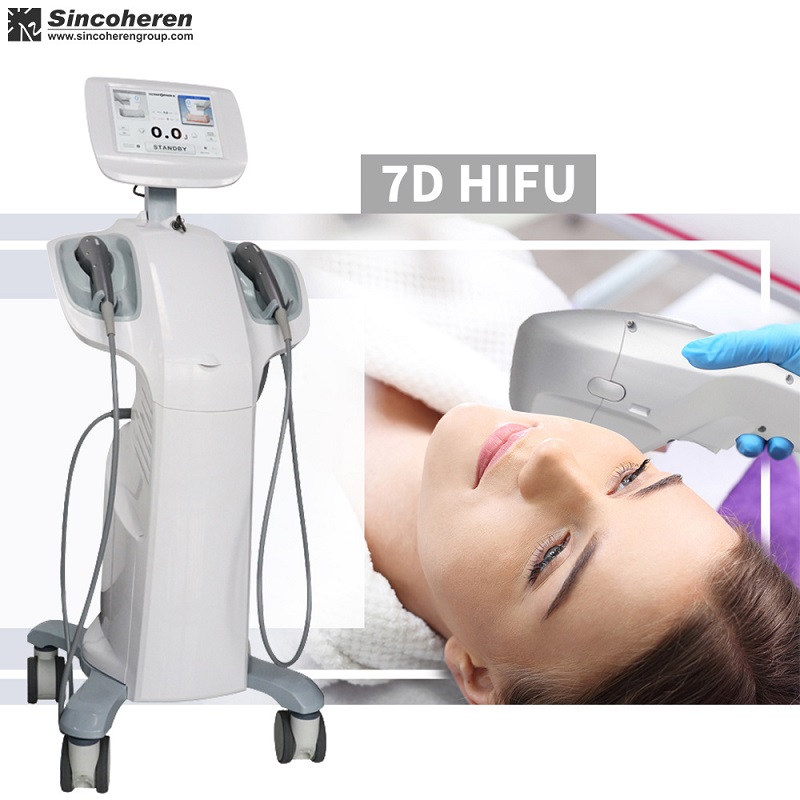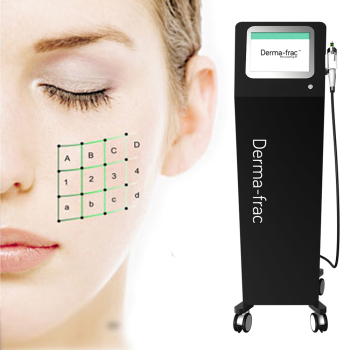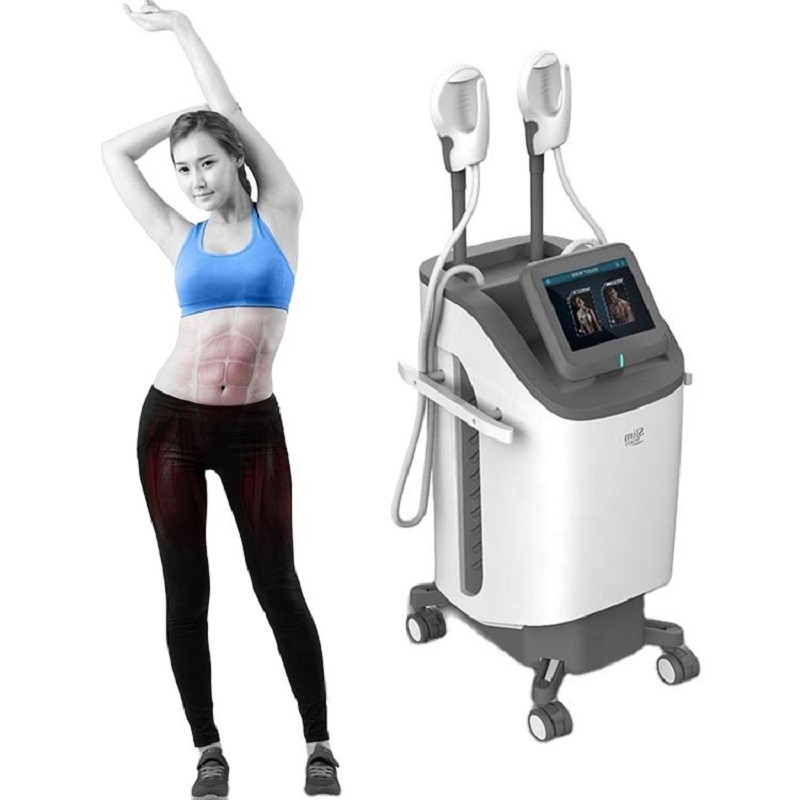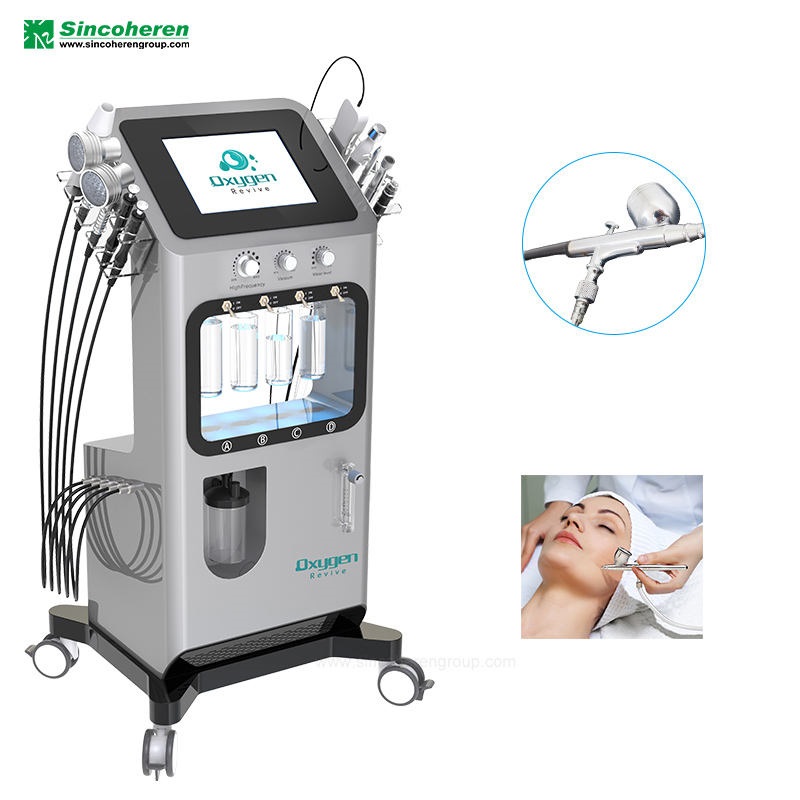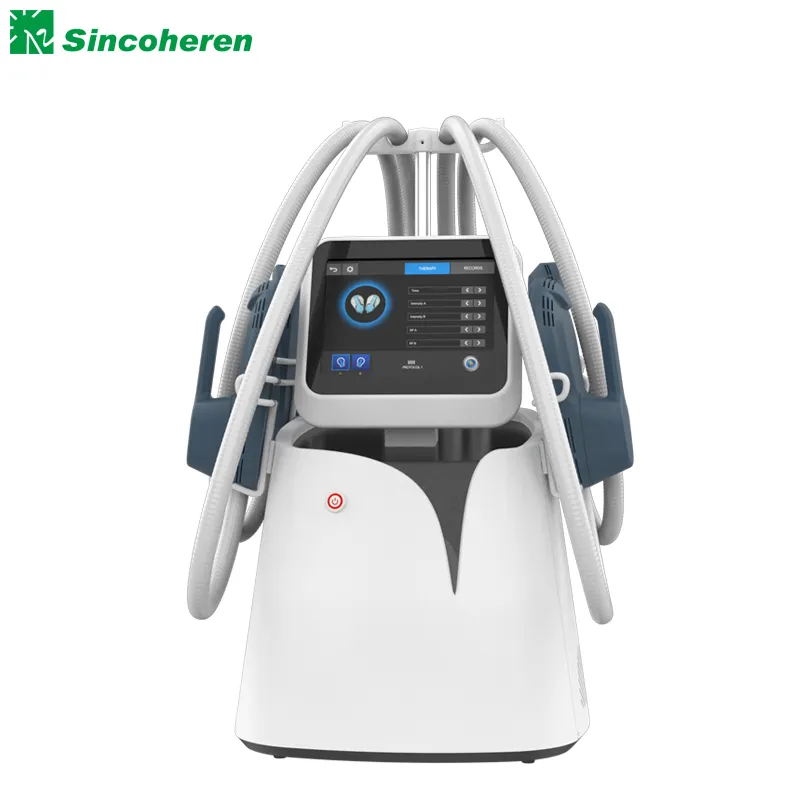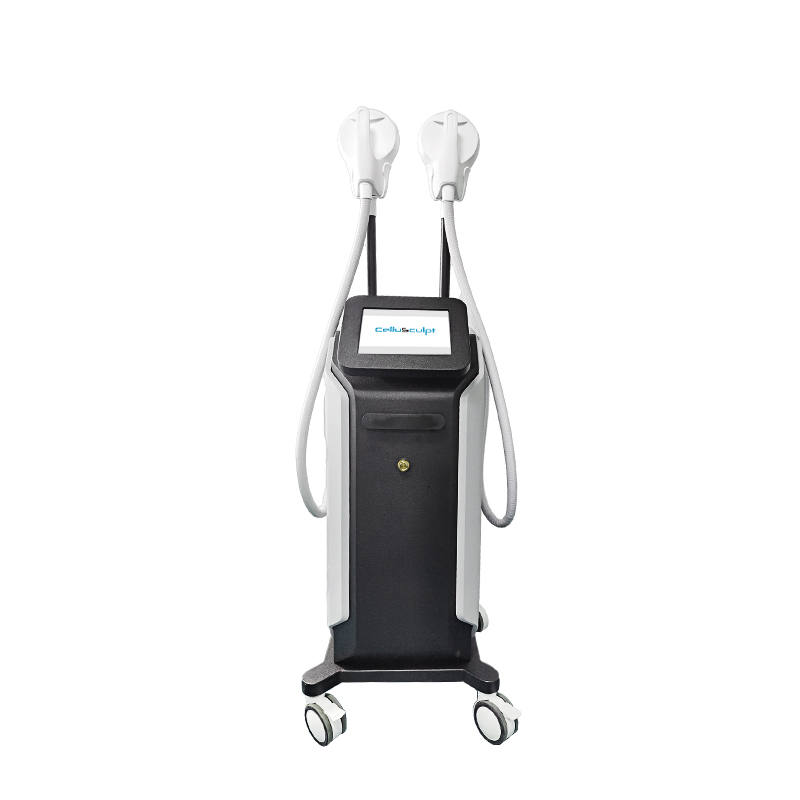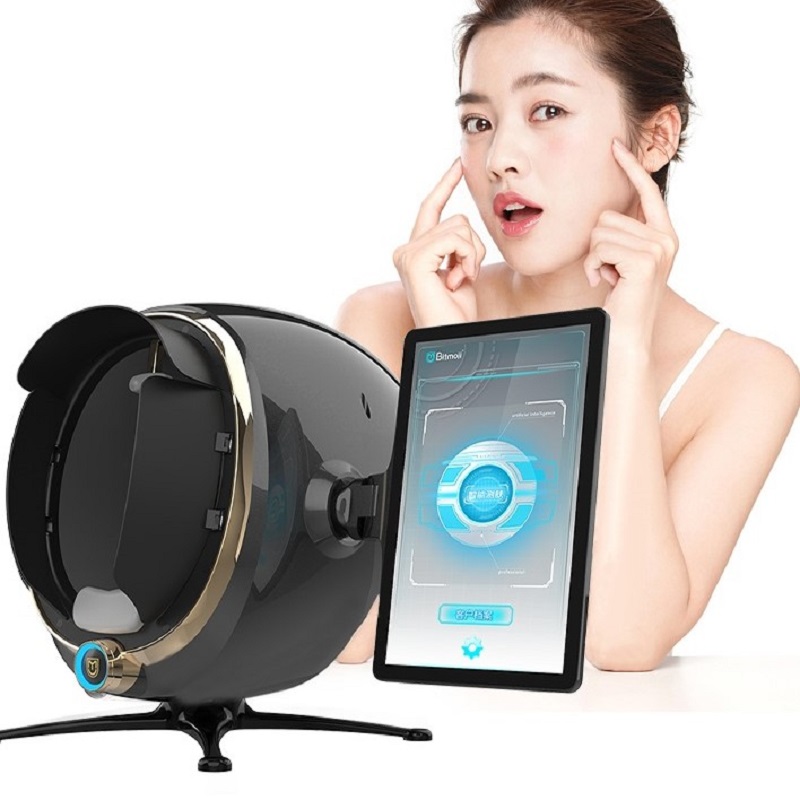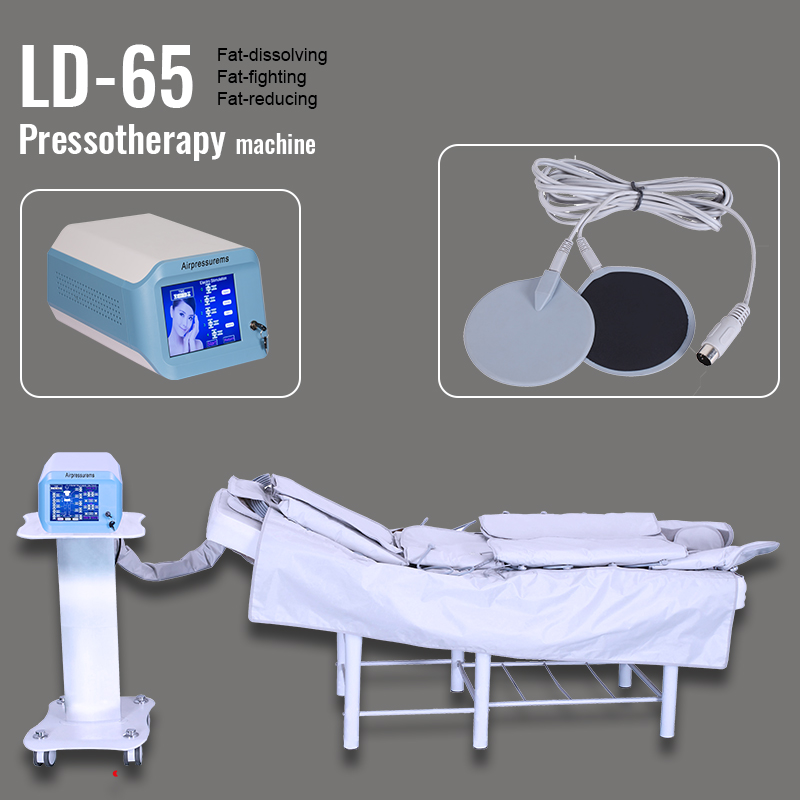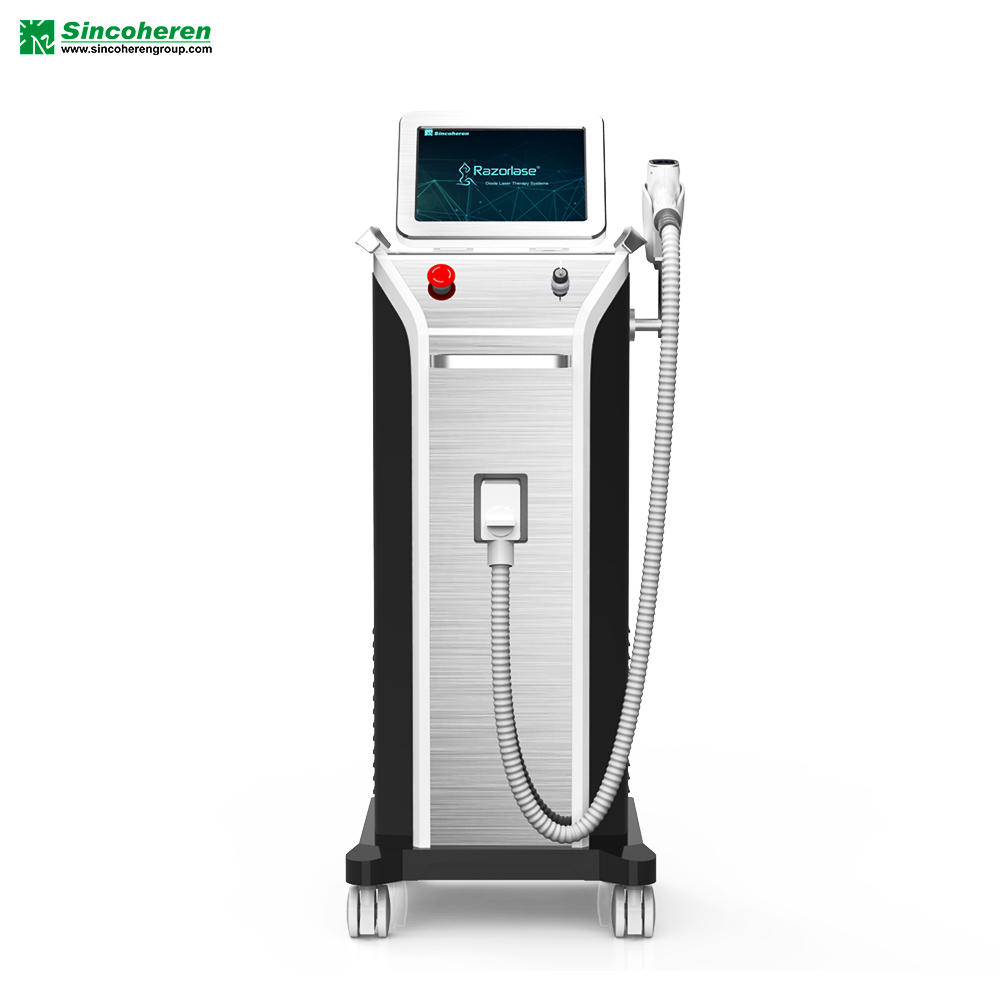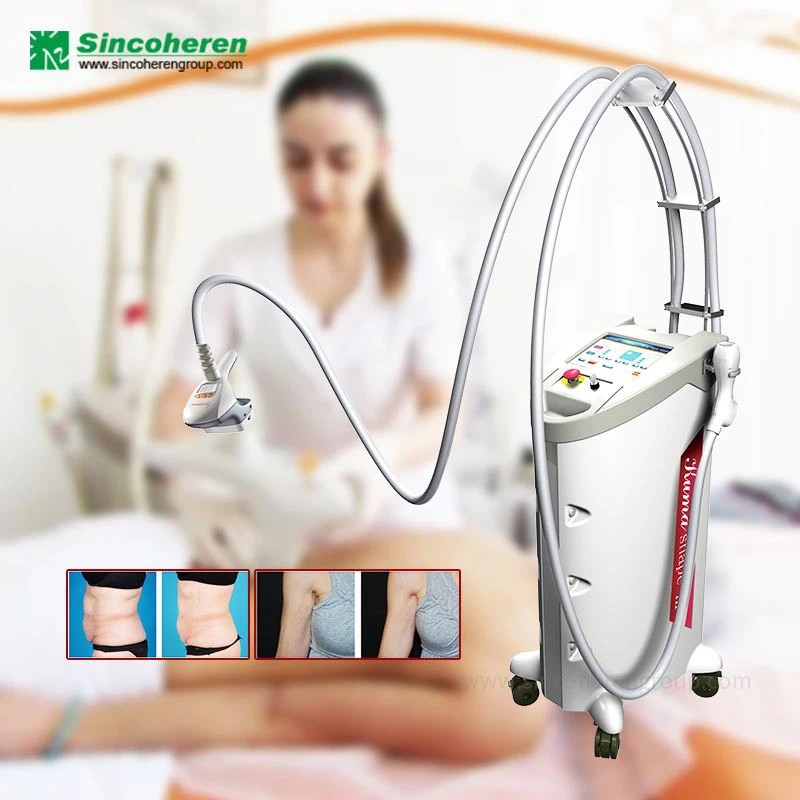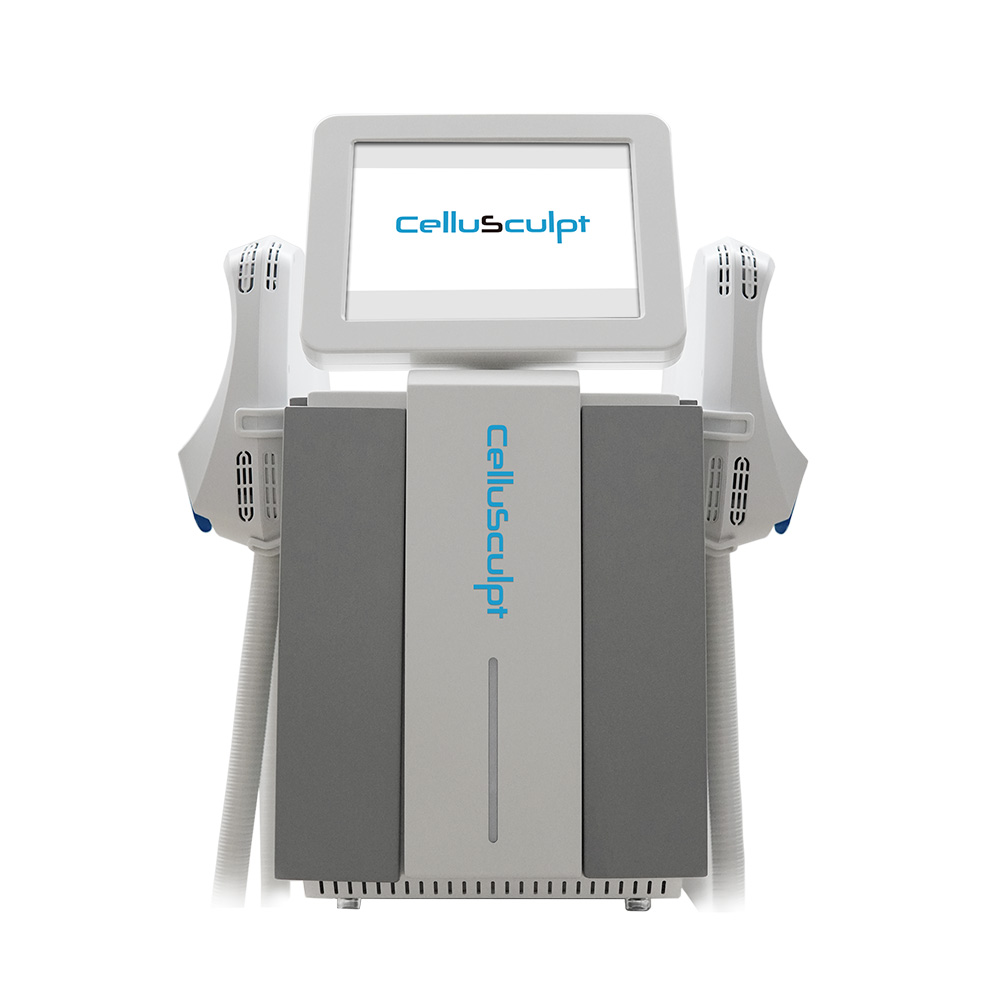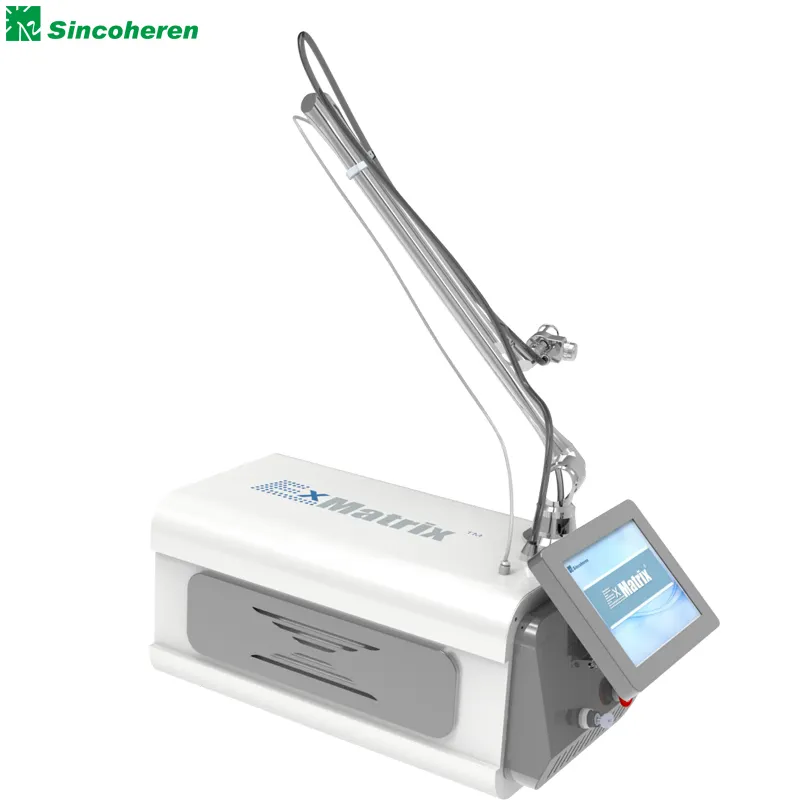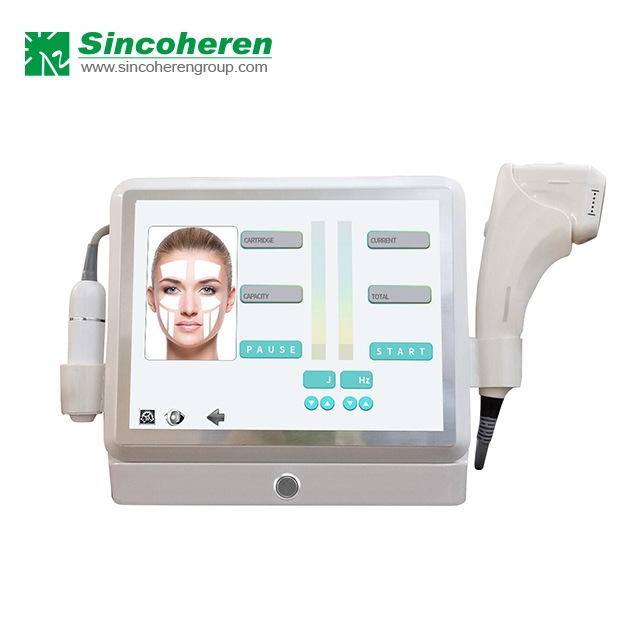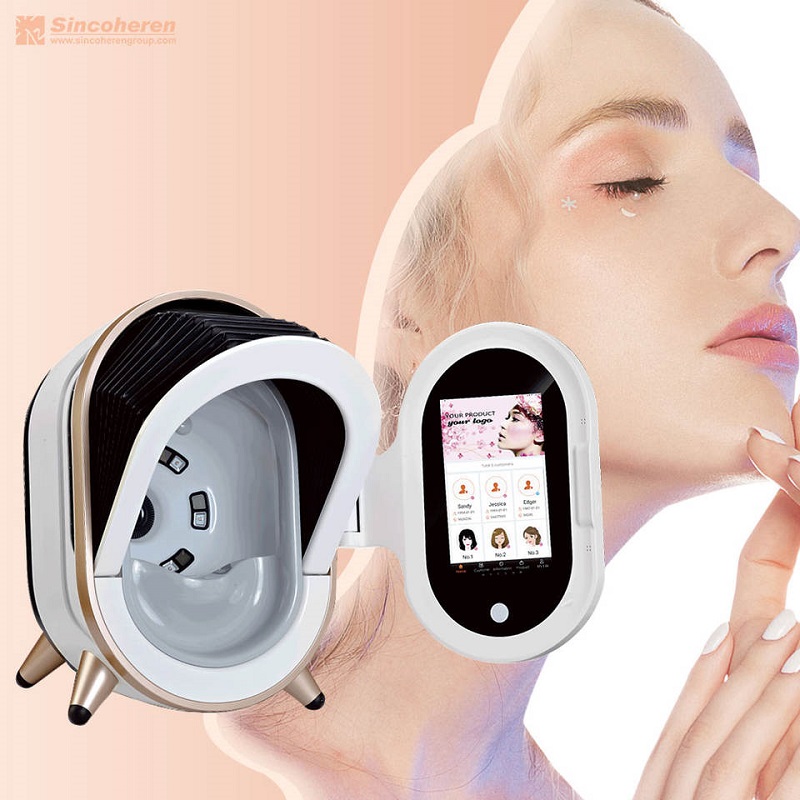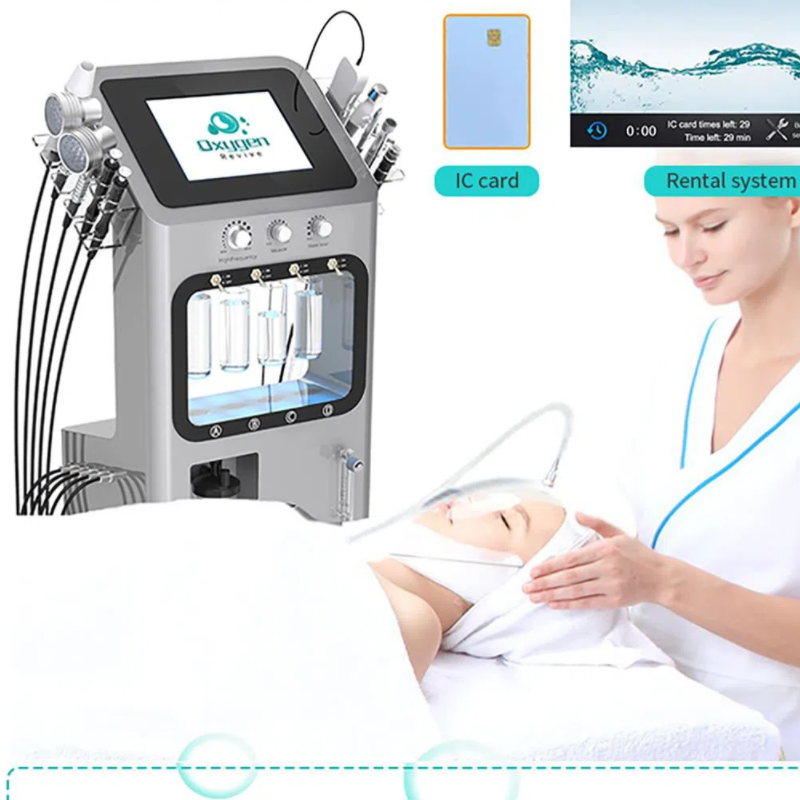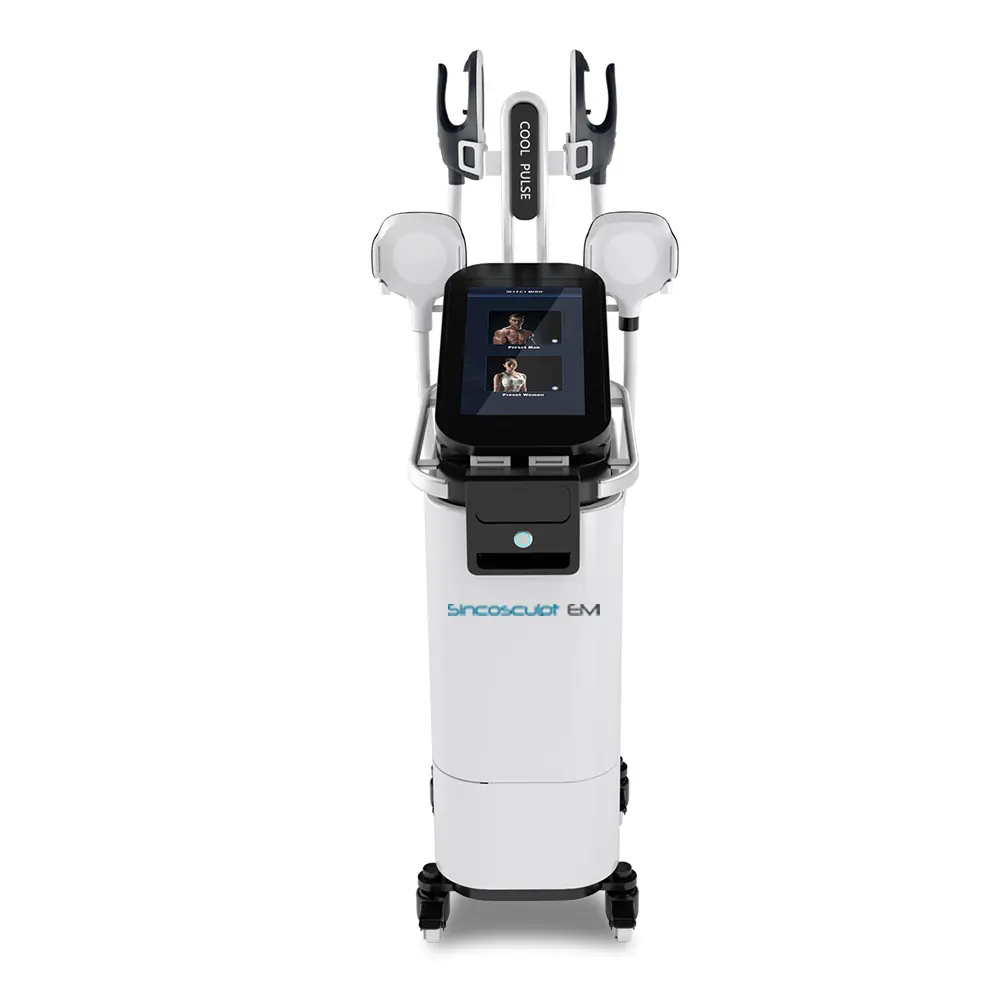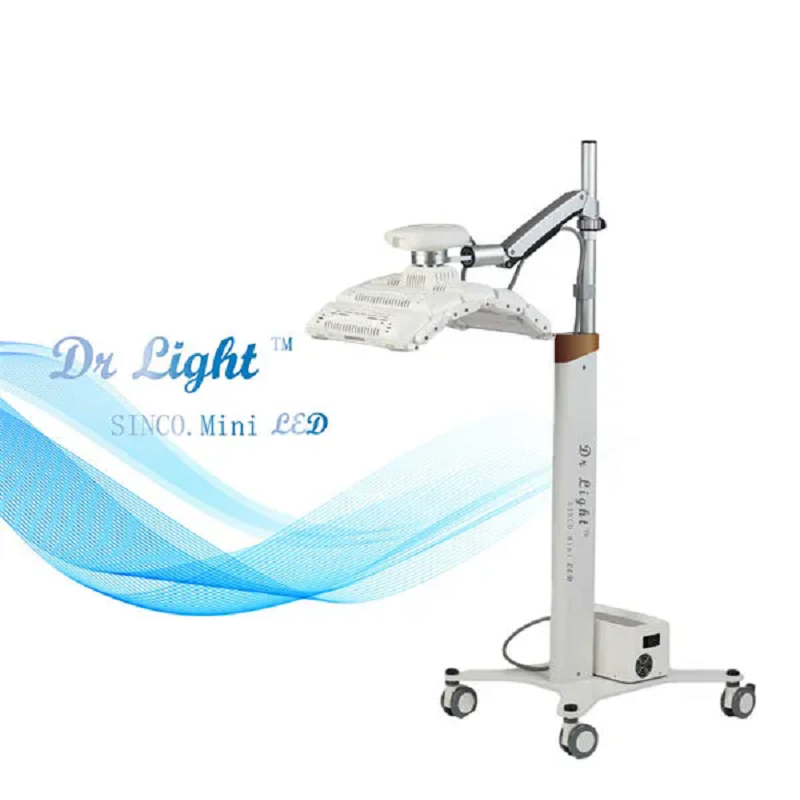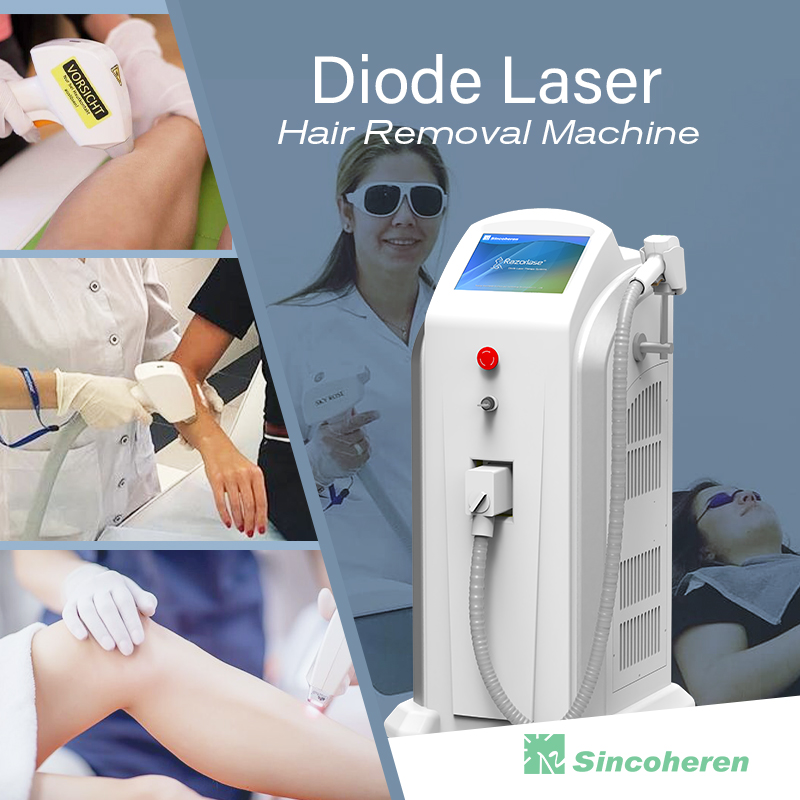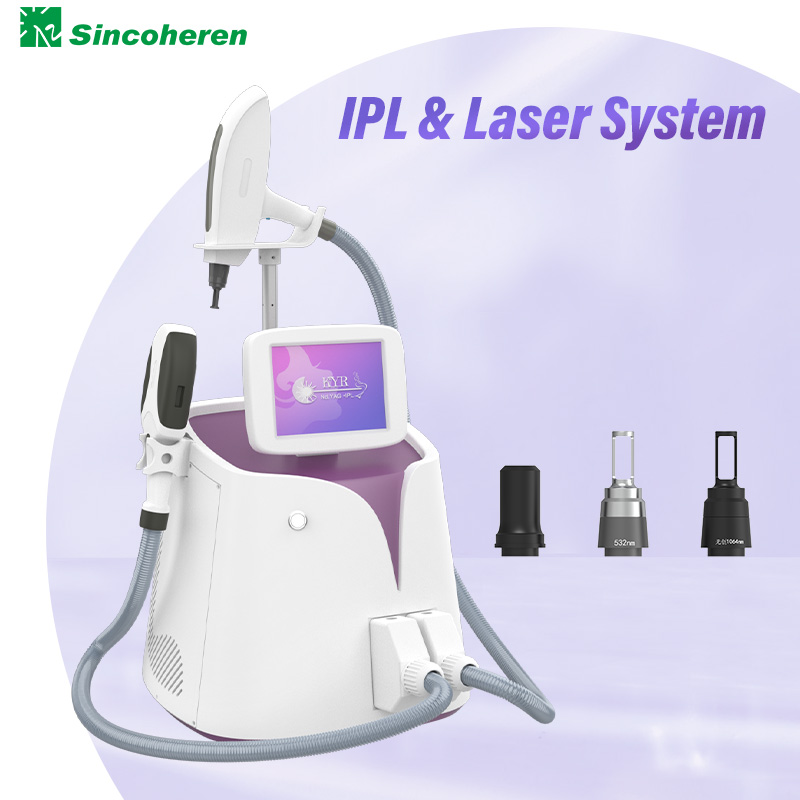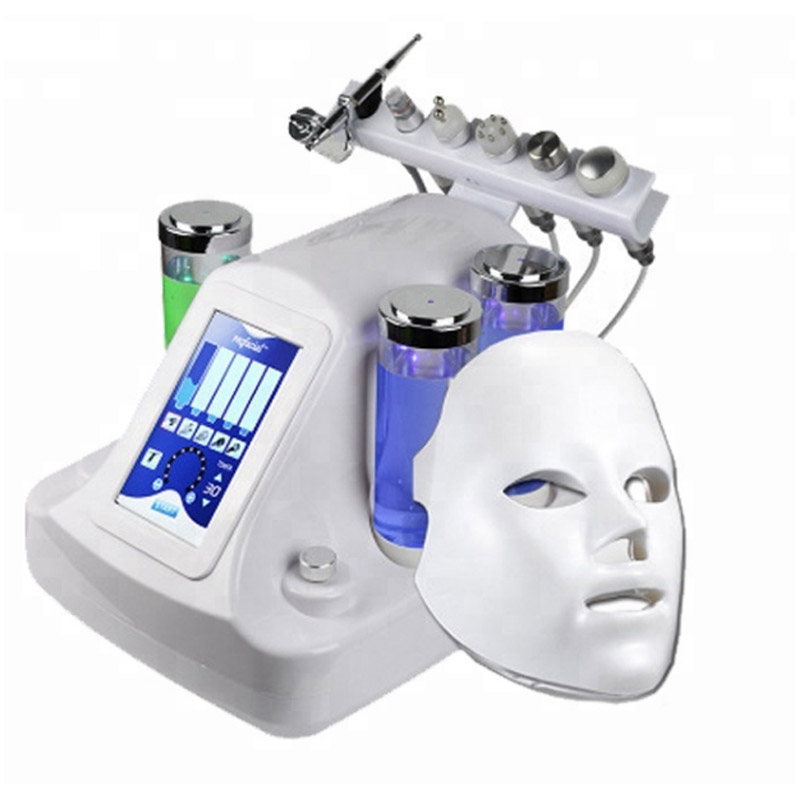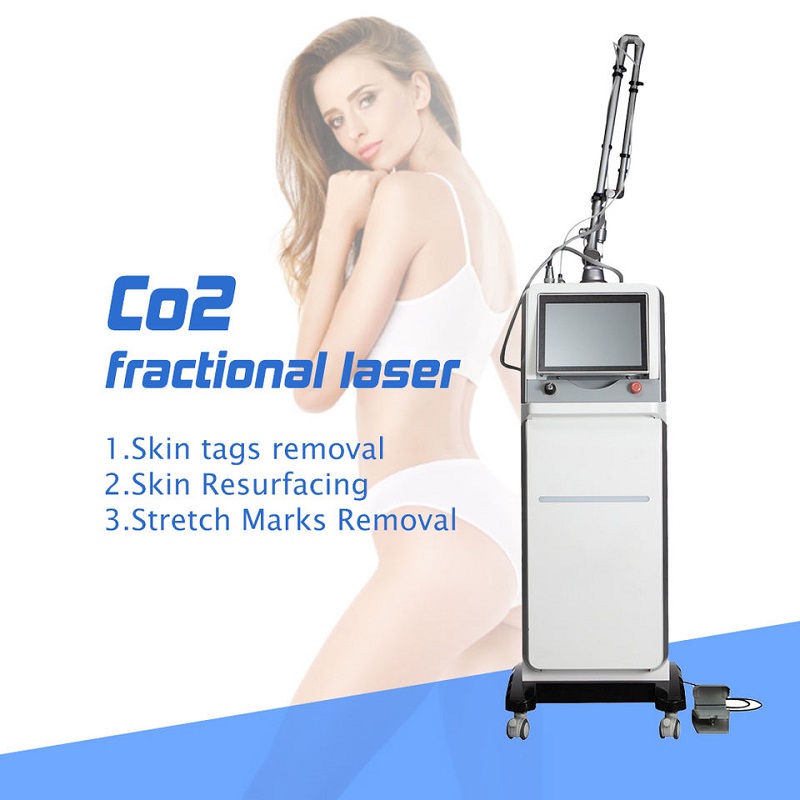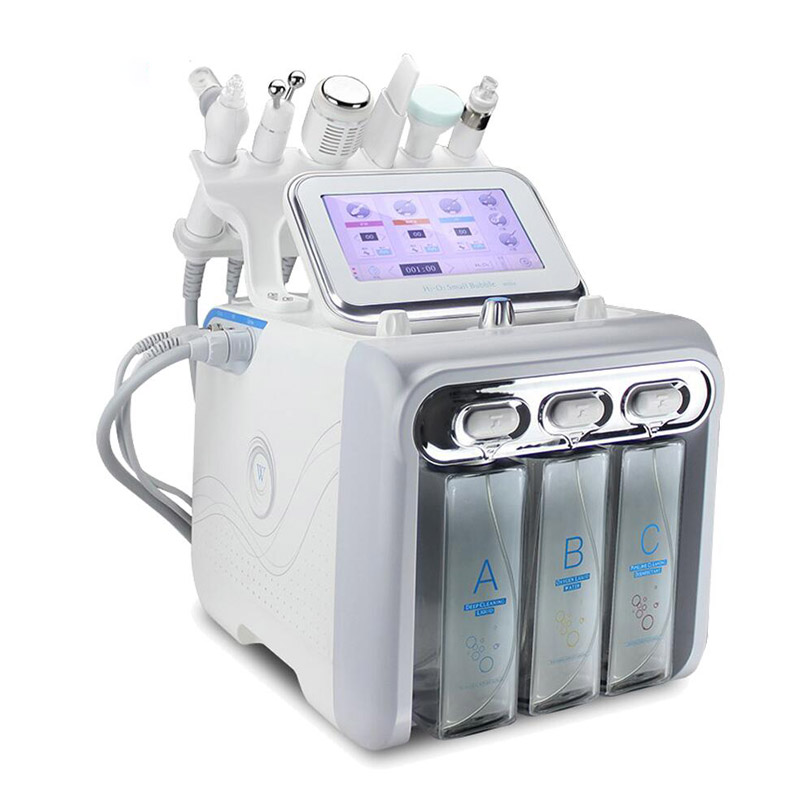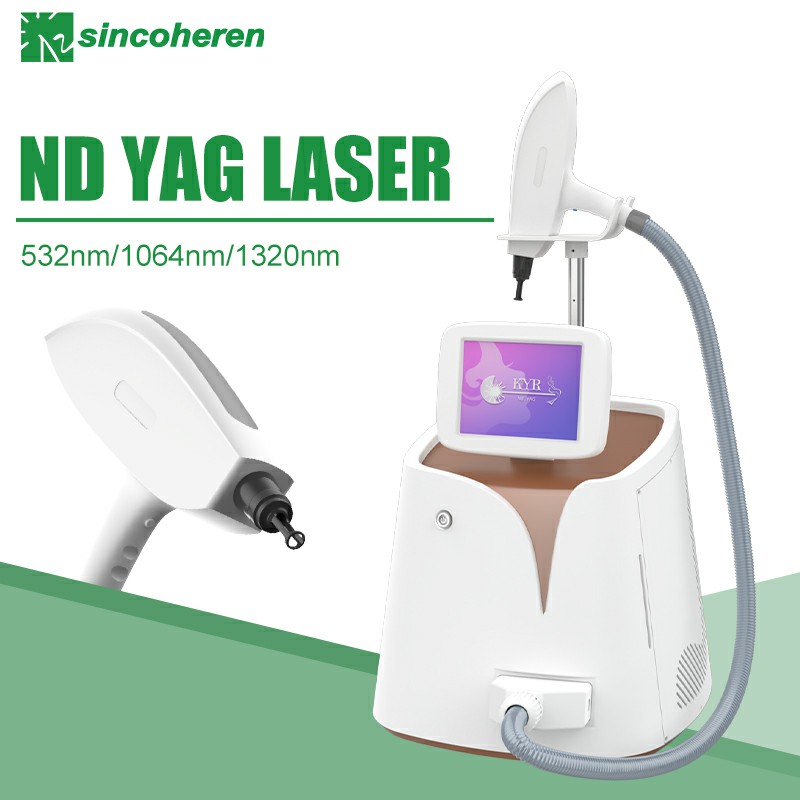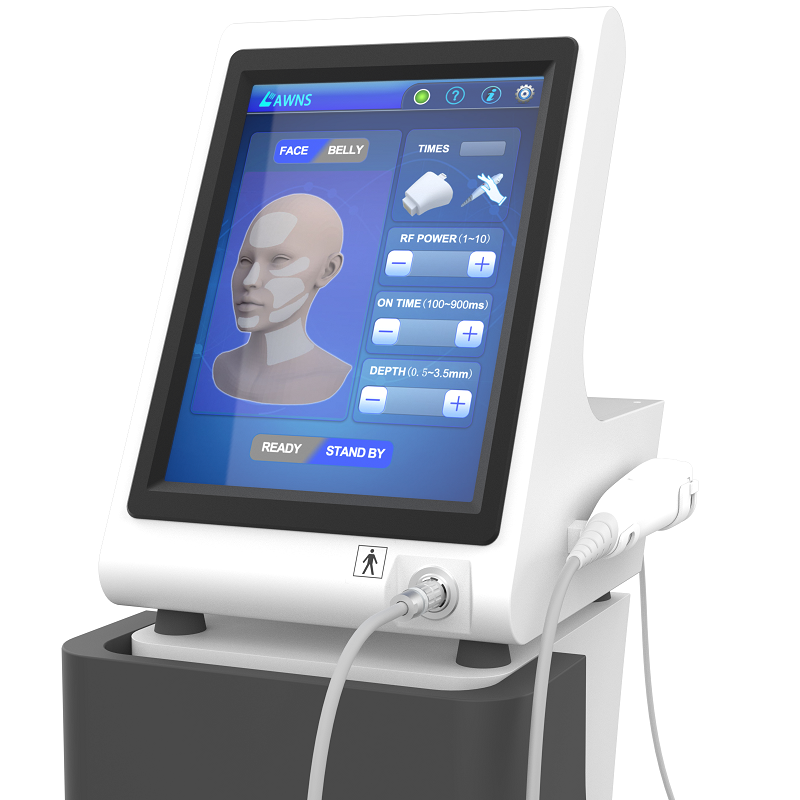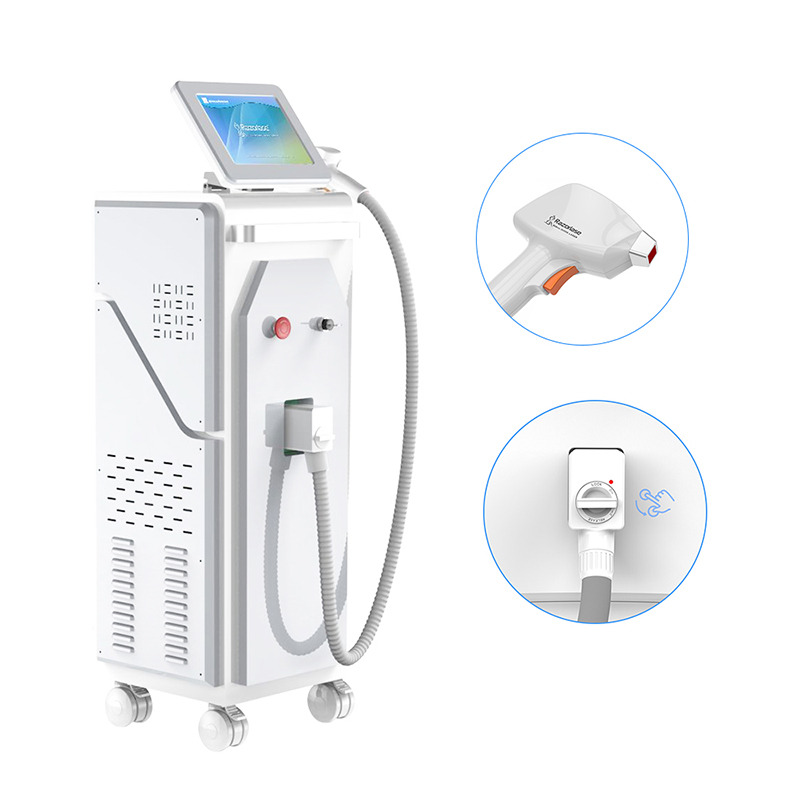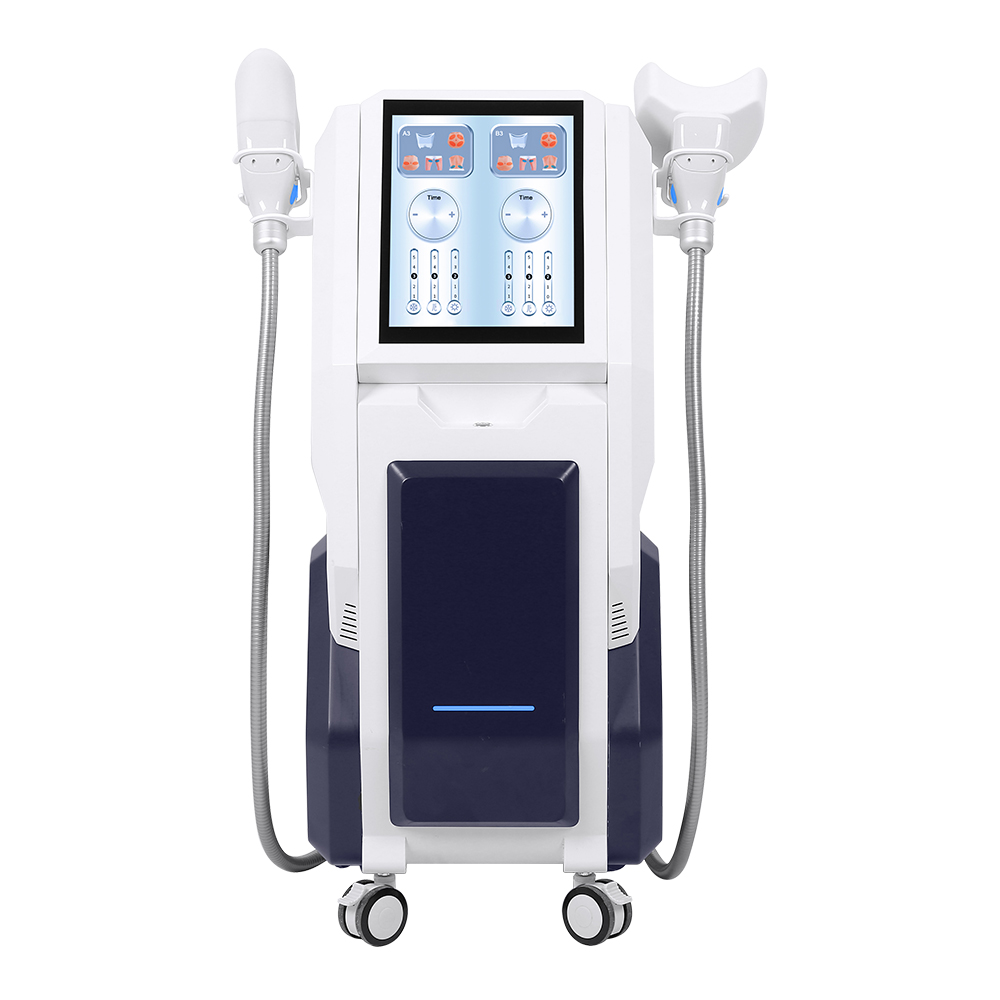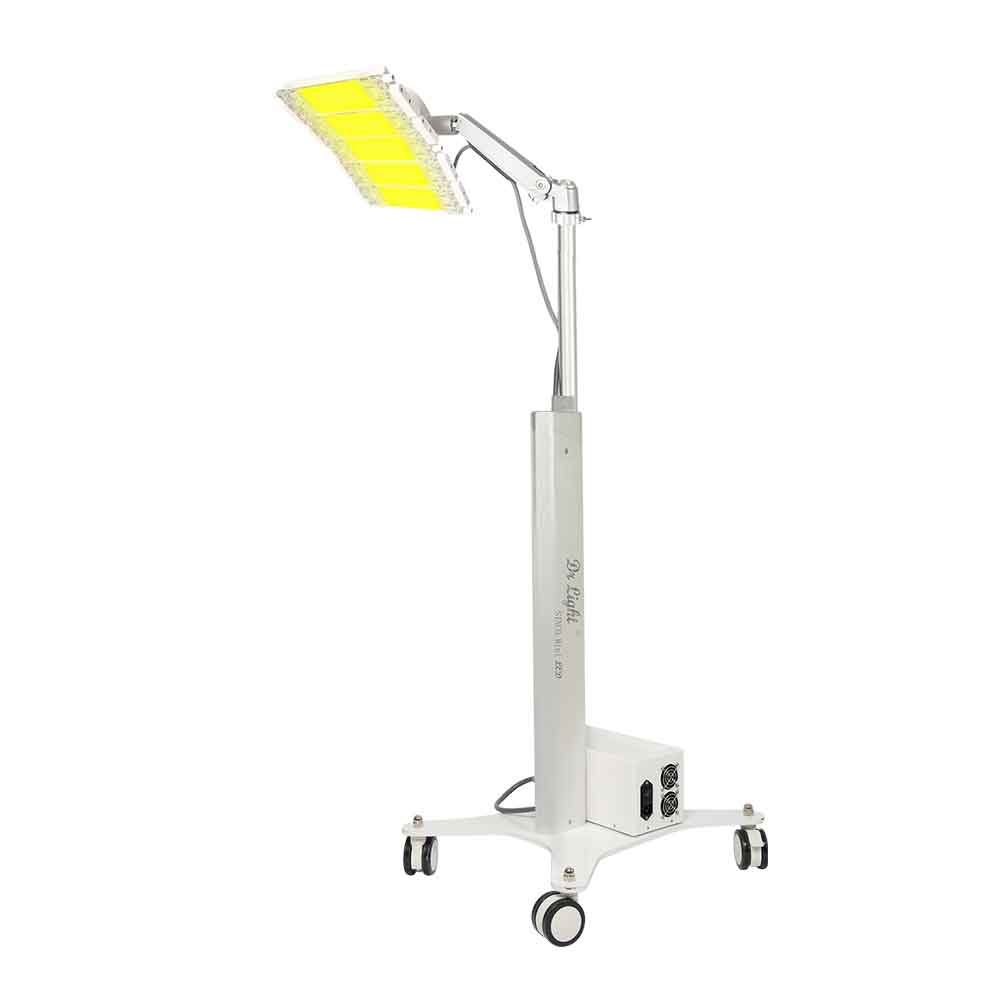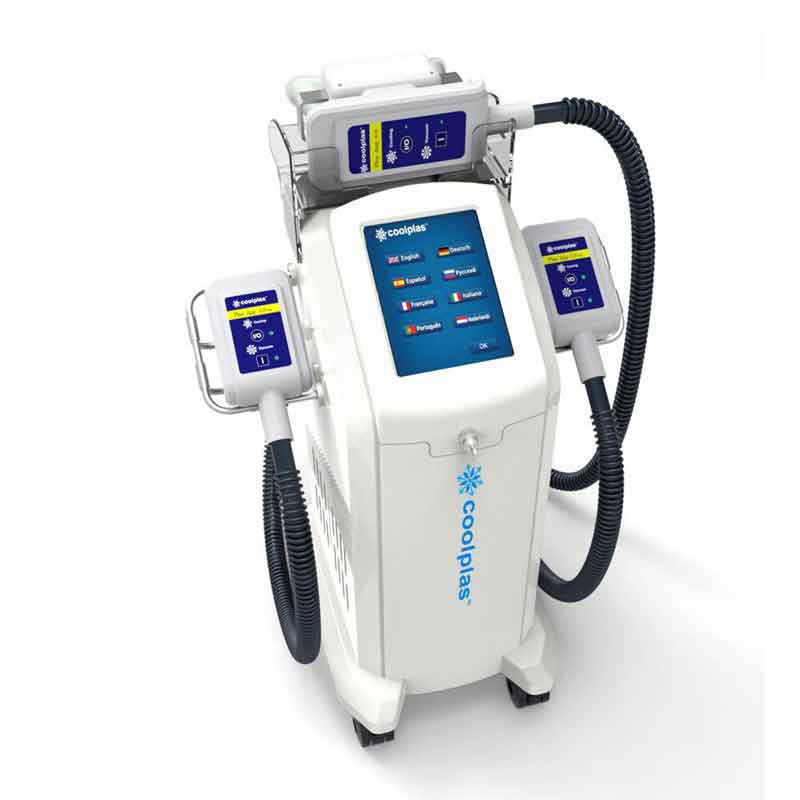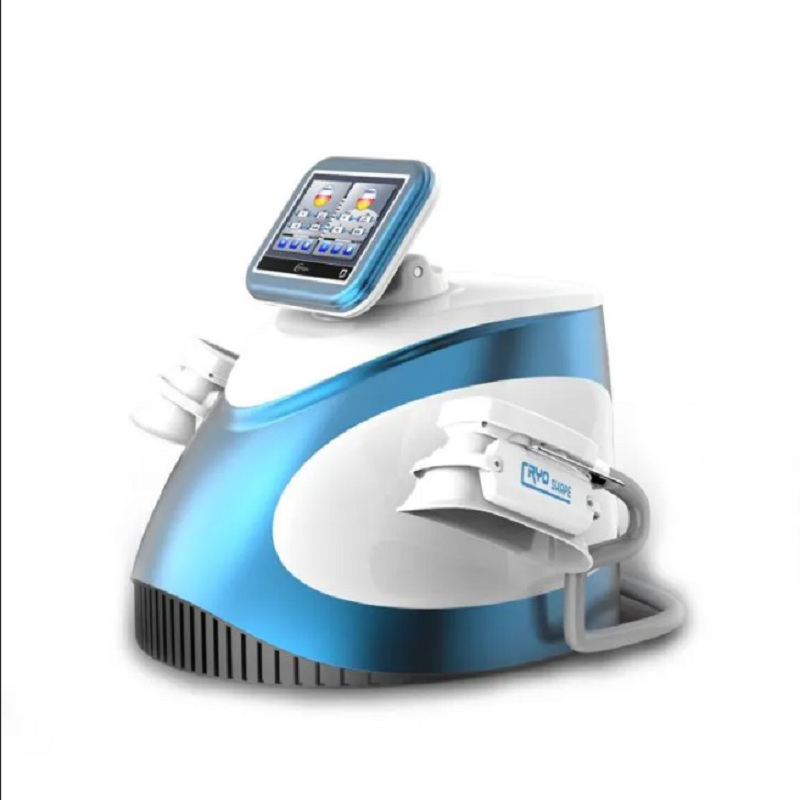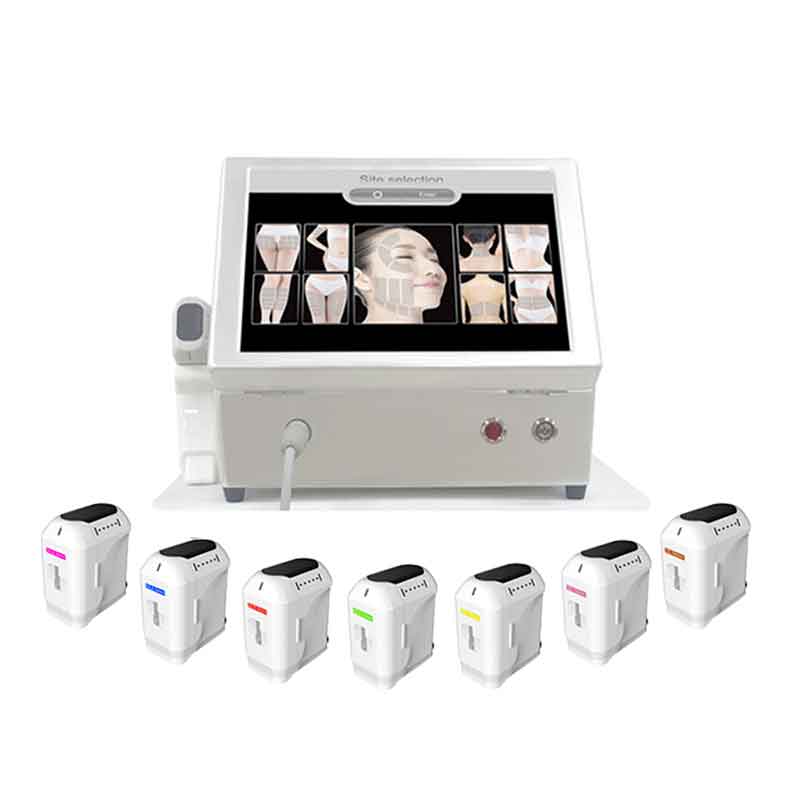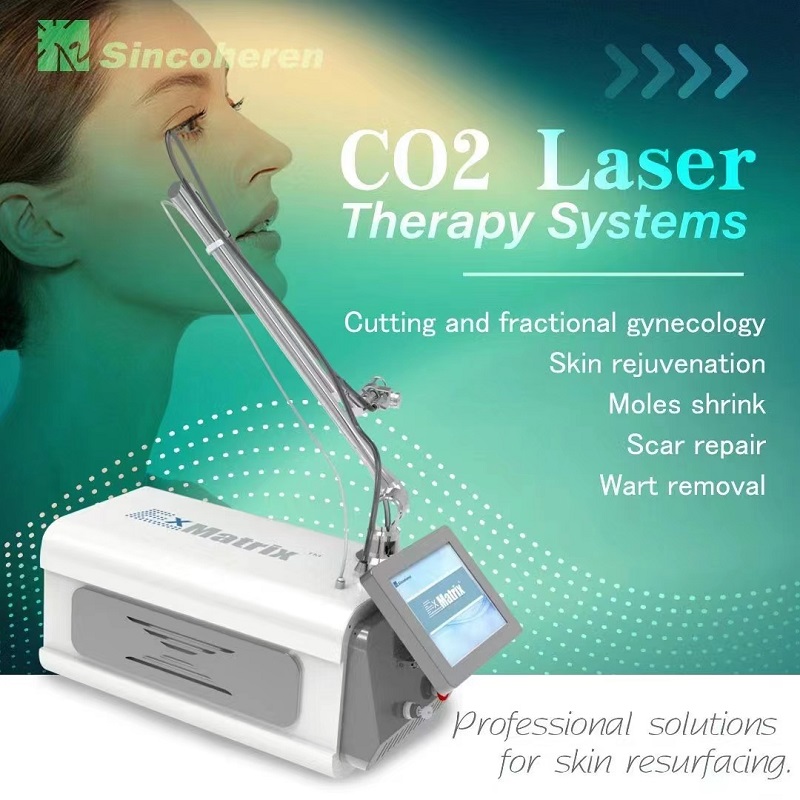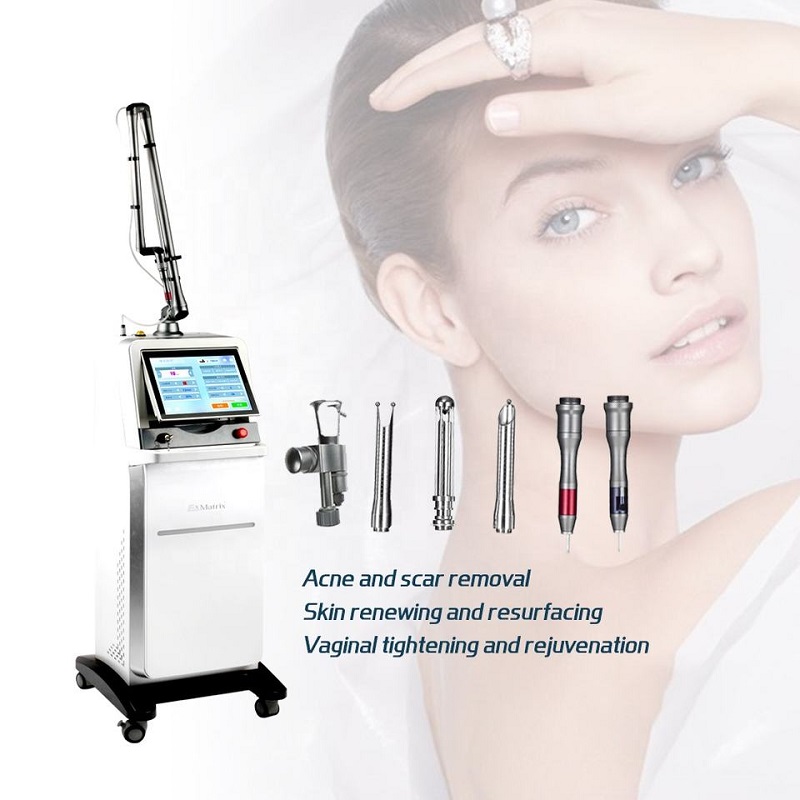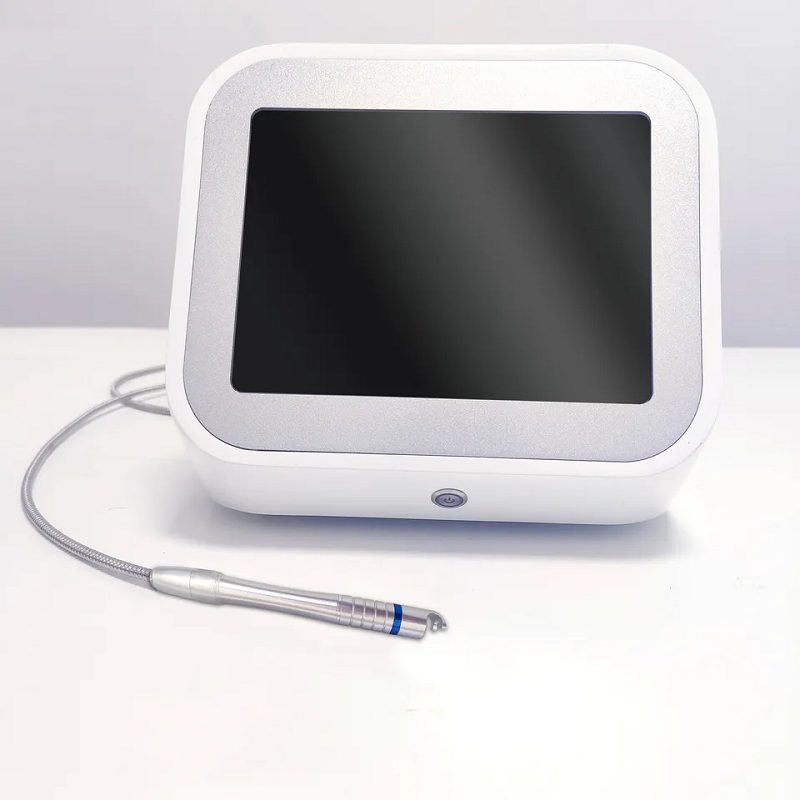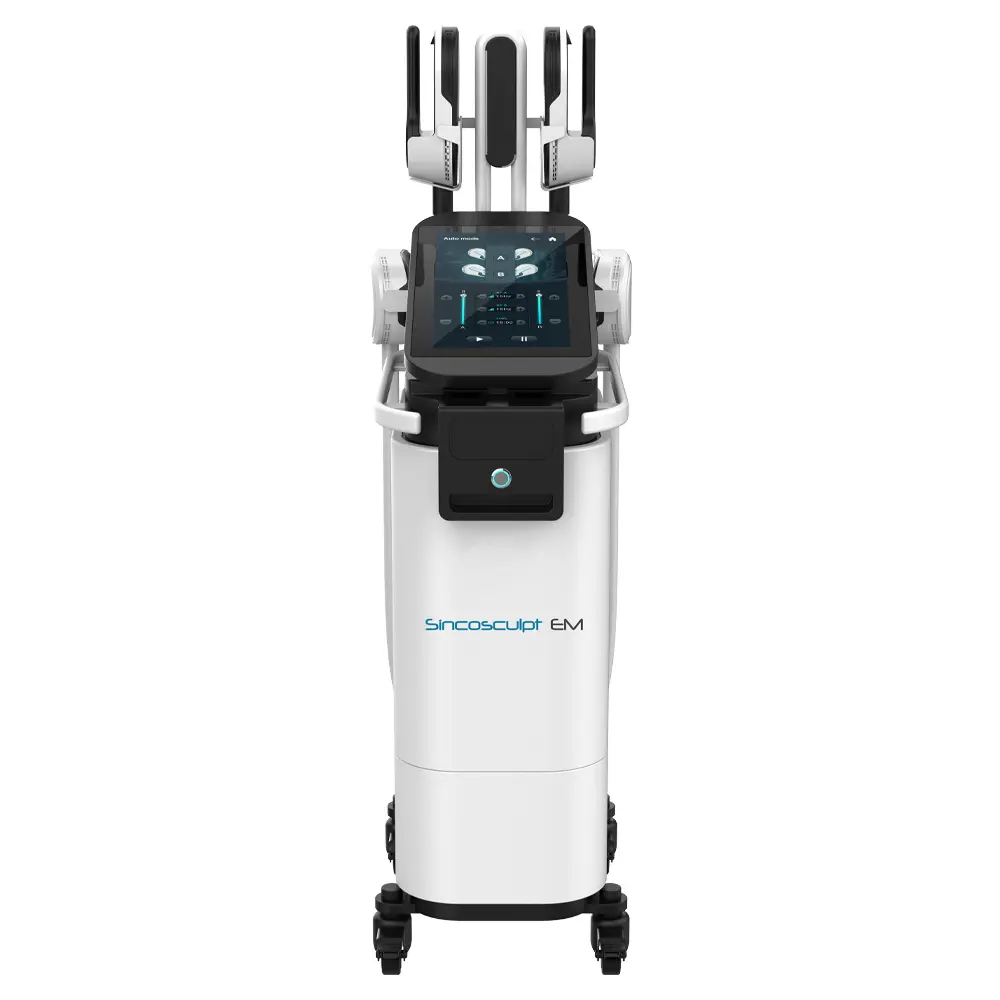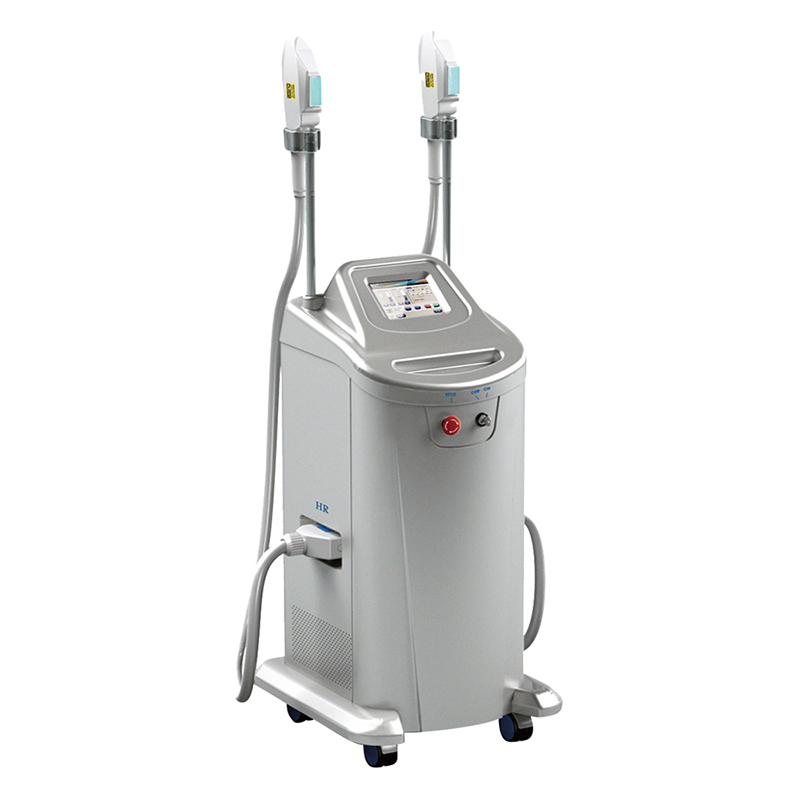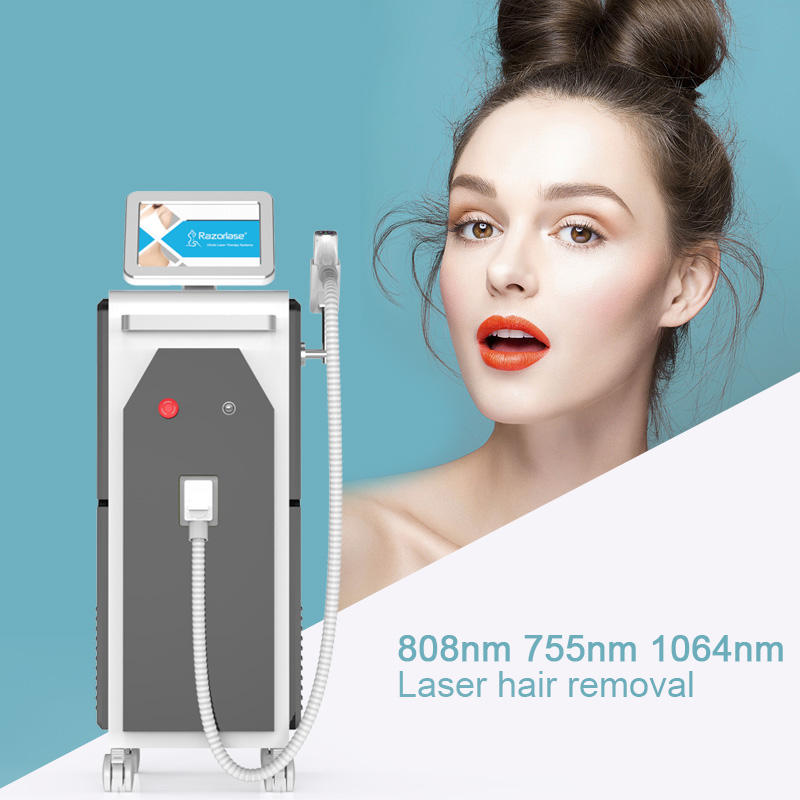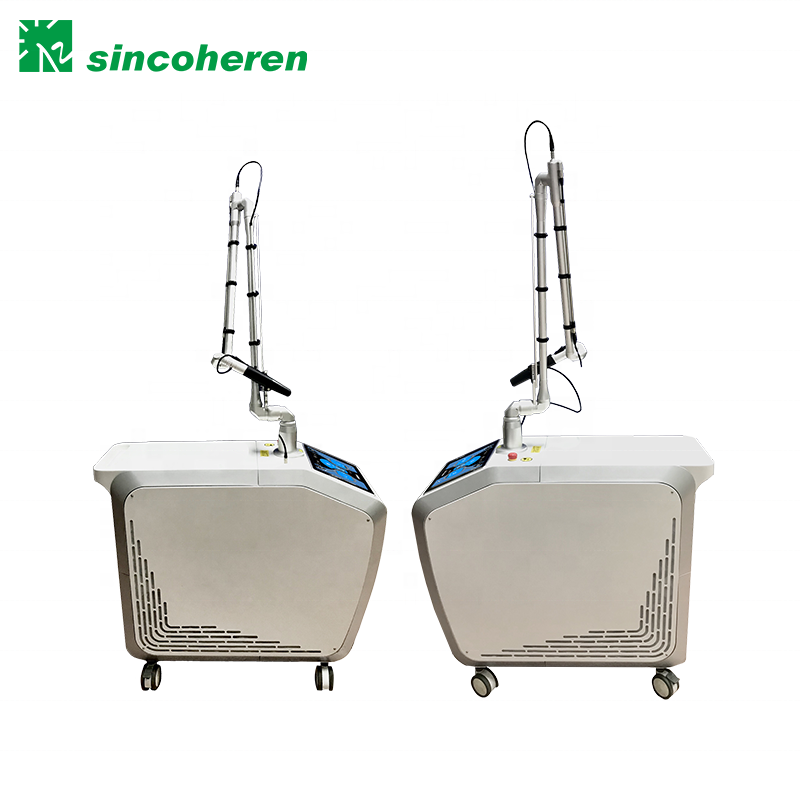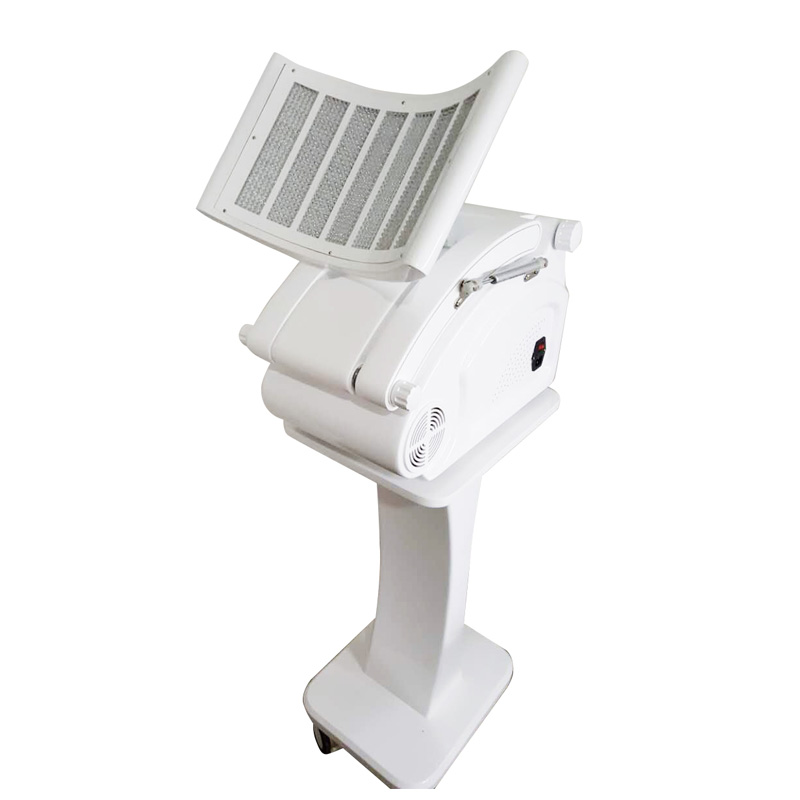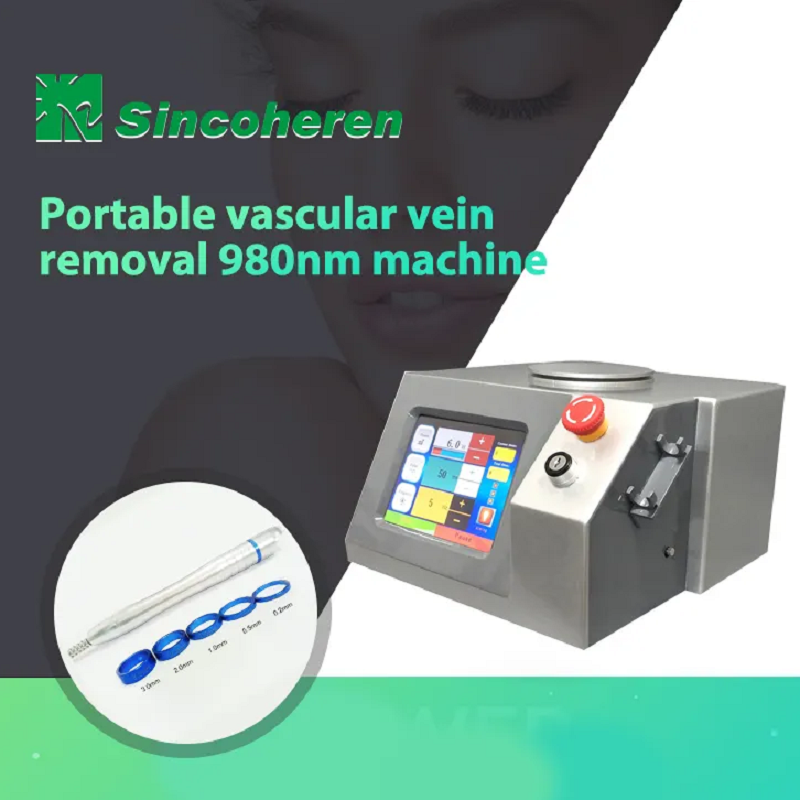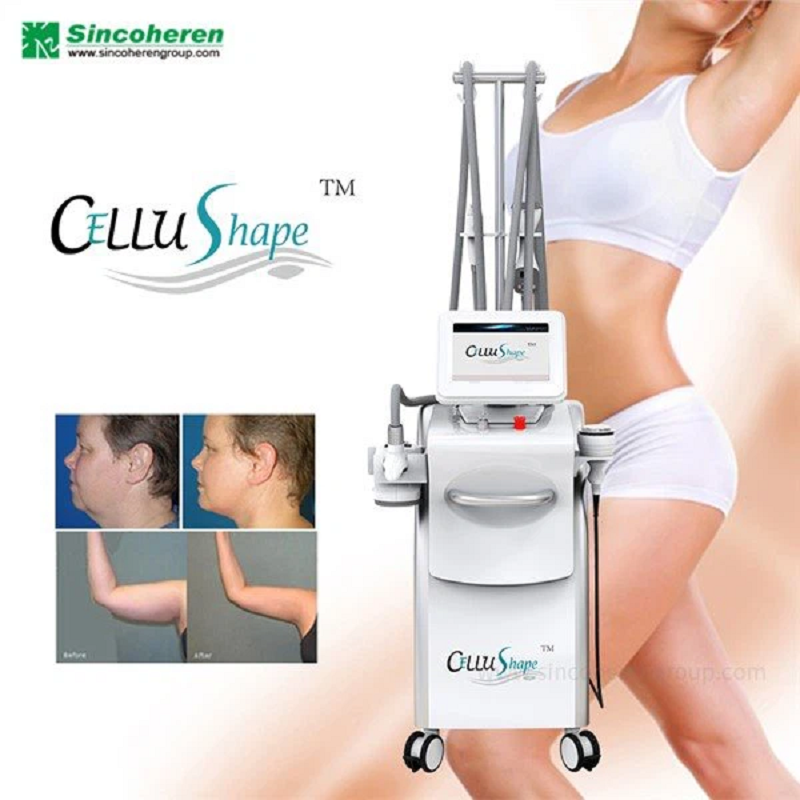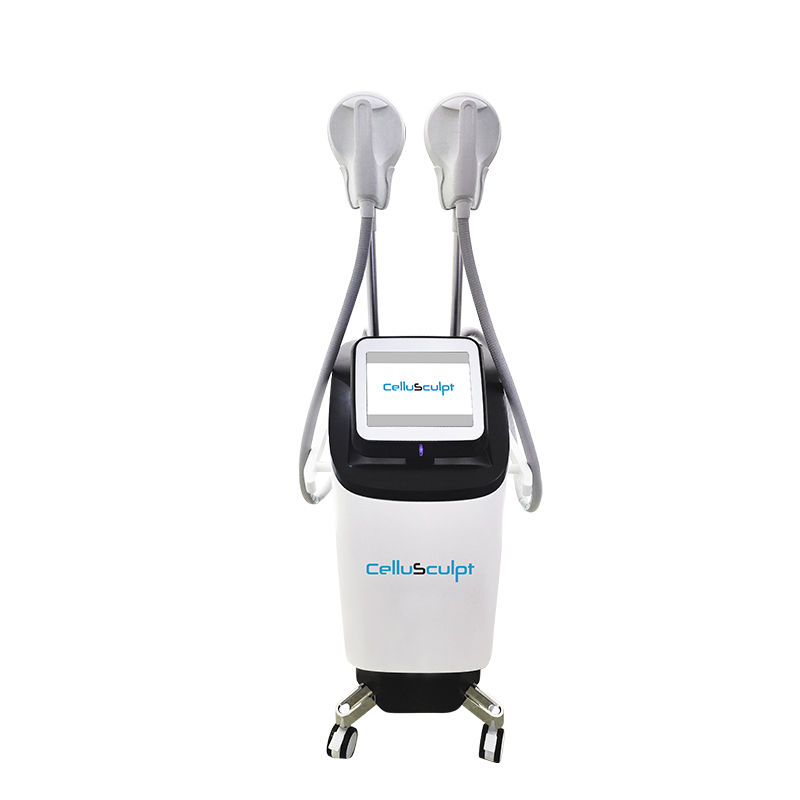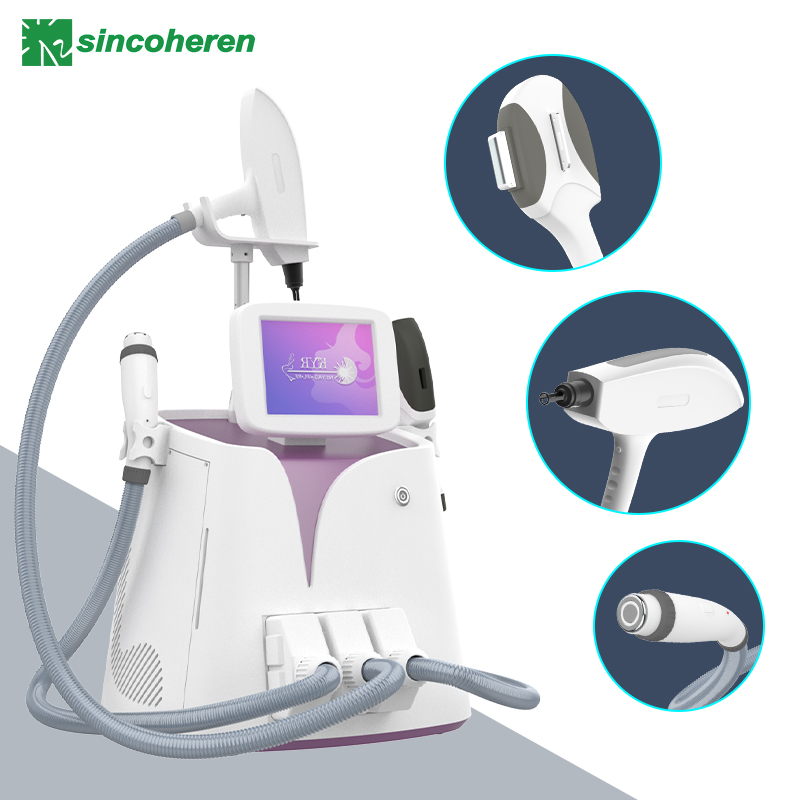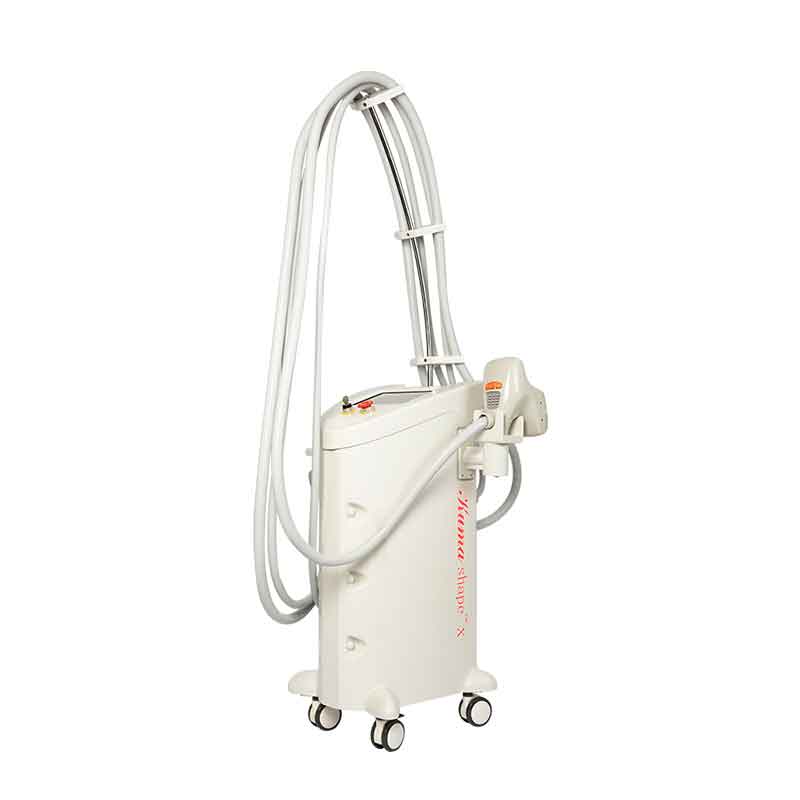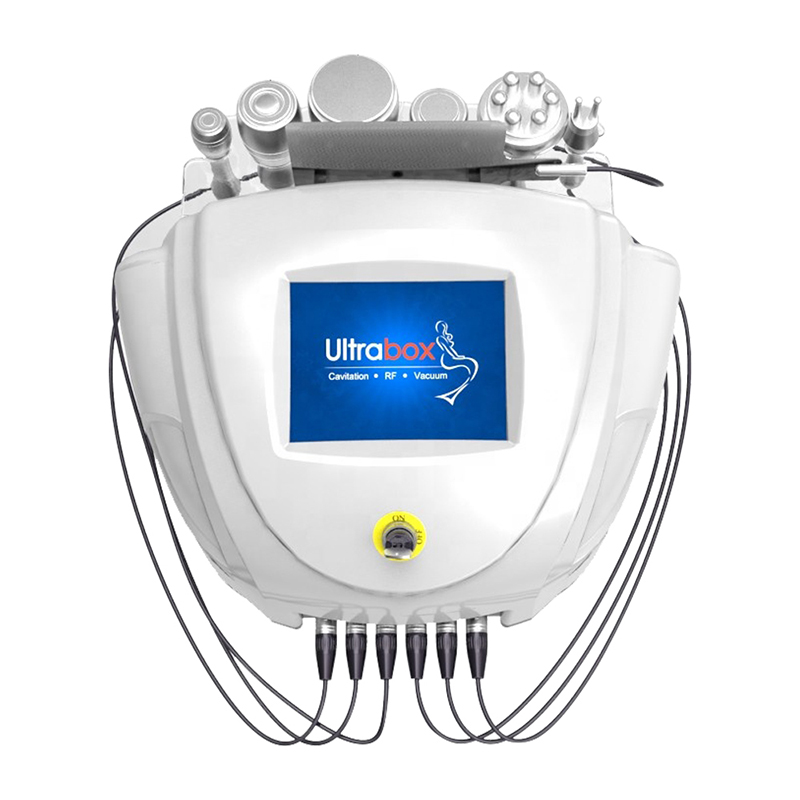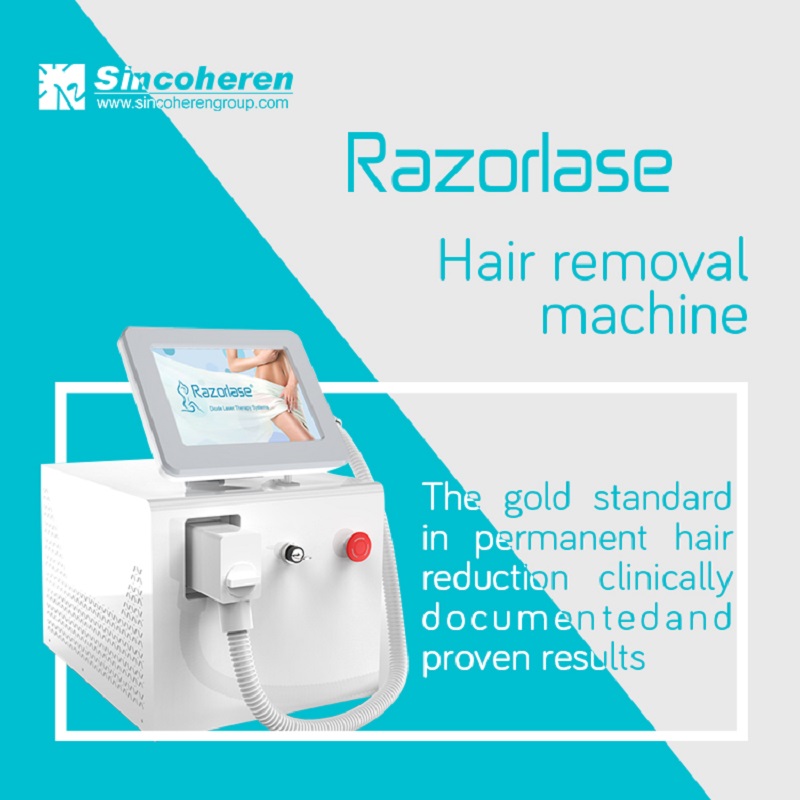Theory
1.What is Q-Switching?
The term “Q-switch” refers to the type of pulse created by the laser. Unlike common laser pointers that create a continuous laser beam, Q-switched lasers create laser beam pulses that last mere billionths of a second. Because the energy from the laser is emitted in such a brief period of time, the energy is concentrated into very powerful pulses.
The powerful, brief pulses from have two key benefits. First, these pulses are powerful enough to shatter tiny fragments of ink or pigmentation, stimulate collagen production, or kill fungus. Not all aesthetic lasers have sufficient power for these applications, which is why Q-switched lasers are prized for their efficacy.
Second, because the energy is in the skin for mere nanoseconds, the surrounding tissue is not harmed. Only the ink is heated up and shattered, while the surrounding tissue stays unaffected. The briefness of the pulse is what allows these lasers to remove tattoos (or excess melanin, or kill fungus) without unwanted side effects.
2.What is a Q-Switched Laser Treatment?
A Q-Switched Laser (aka Q-Switched Nd-Yag Laser) is used in various types of procedures. The laser is a beam of energy at a specific wavelength (1064nm) applied to the skin and absorbed by coloured pigments such as freckles, sun spots, age spots, etc. in the skin. This fragments the pigmentation and helps it get broken down by the body.
The power settings of the laser can be set at different levels and frequencies to accommodate specific conditions and expectations.
3.What is the Q-Switched Laser used for?
1) Pigmentation (such as freckles, sun spots, age spots, brown spots, melasma, birthmarks)
2) Acne marks
3) Fairer skin
4) Skin rejuvenation
5) Pimples and acne
6) Tattoo removal
Get A FREE Quote
4.How does it work?
Pigmentation – the laser energy gets absorbed by the pigments (usually brown, or grey in colour). These pigmentation break off into smaller fragments and are naturally cleared away by the body and skin.
Acne marks – acne marks are caused by inflammation (the redness and pain) from pimples. The inflammation causes the skin to produce pigments. These pigments are cause of acne marks, which can be effectively removed with the laser.
Fairer skin – the colour of our skin is also determined by the amount of skin pigments. Darker skin people or people who go sun tanning often have more skin pigments. The laser, at the correct setting, helps lighten the skin tone and makes it fairer and brighter.
Skin rejuvenation – the laser uses its energy to remove dirt, dead skin cells, oil and superficial facial hair. Take this as a quick, effective and multi-purposed medical facial!
Pimples and acne – the laser energy can also kill P-acne, which is the bacteria that cause pimples and acne. At the same time, the laser energy also shrinks the oil glands in the skin and helps with oil control. Pimples and acne also tend to be less inflamed after laser treatments and this reduces the amount of acne marks after a breakout.
Tattoo removal – tattoo inks are foreign pigments introduced into the body. Like natural skin pigmentations, the laser energy breaks down the tattoo ink and removes the tattoo.








